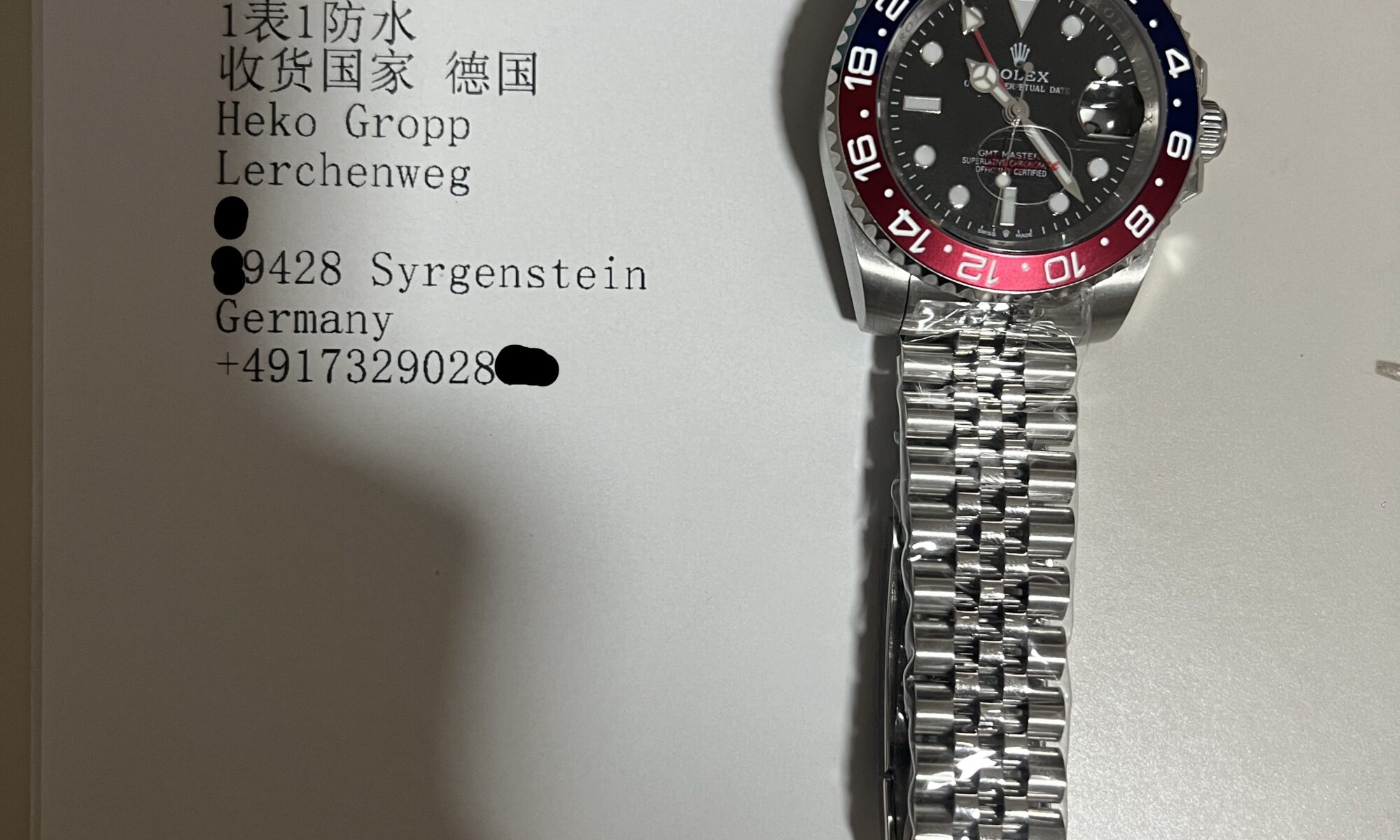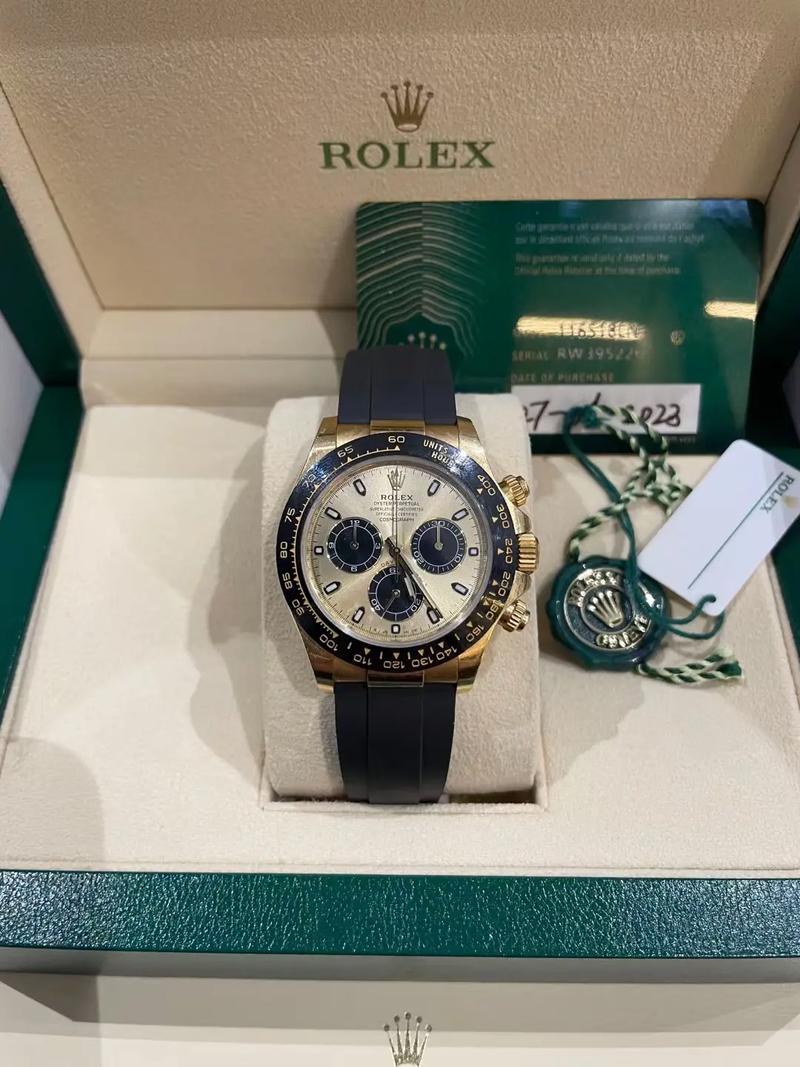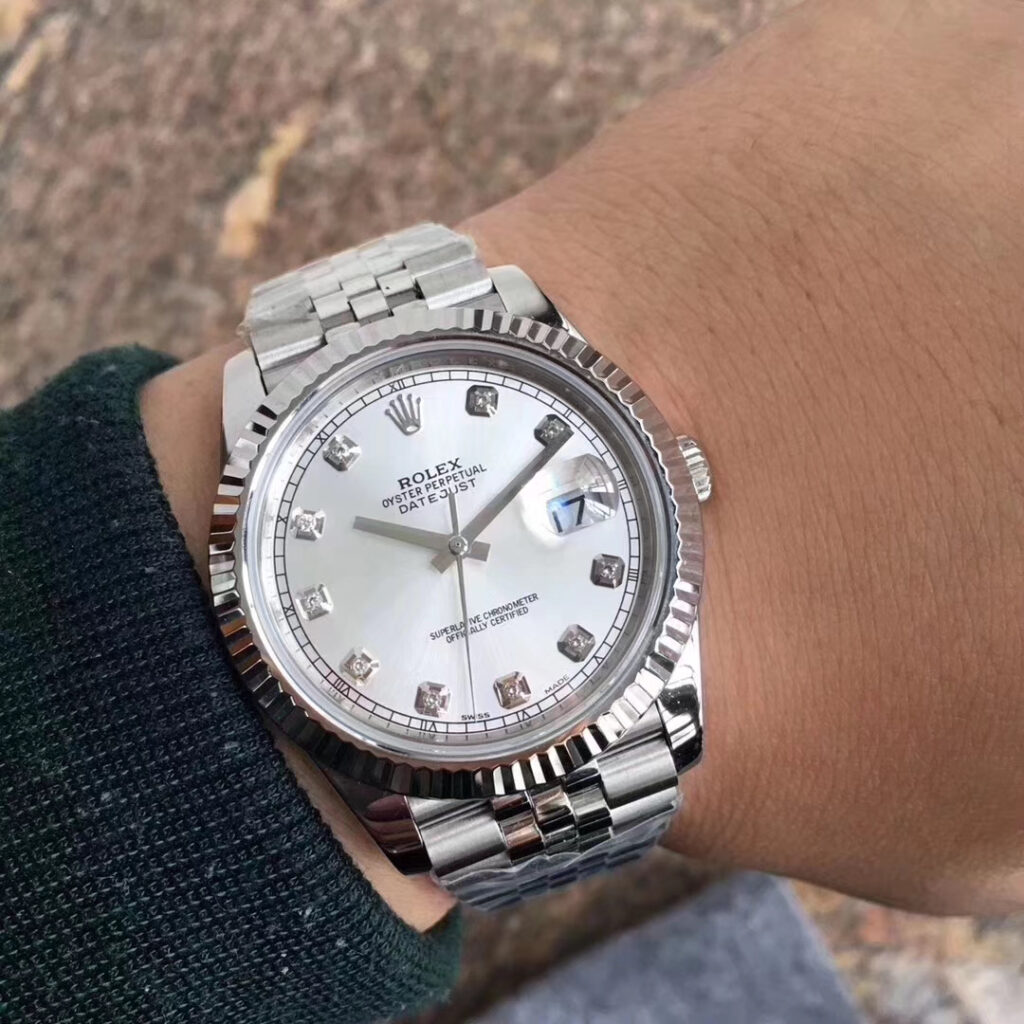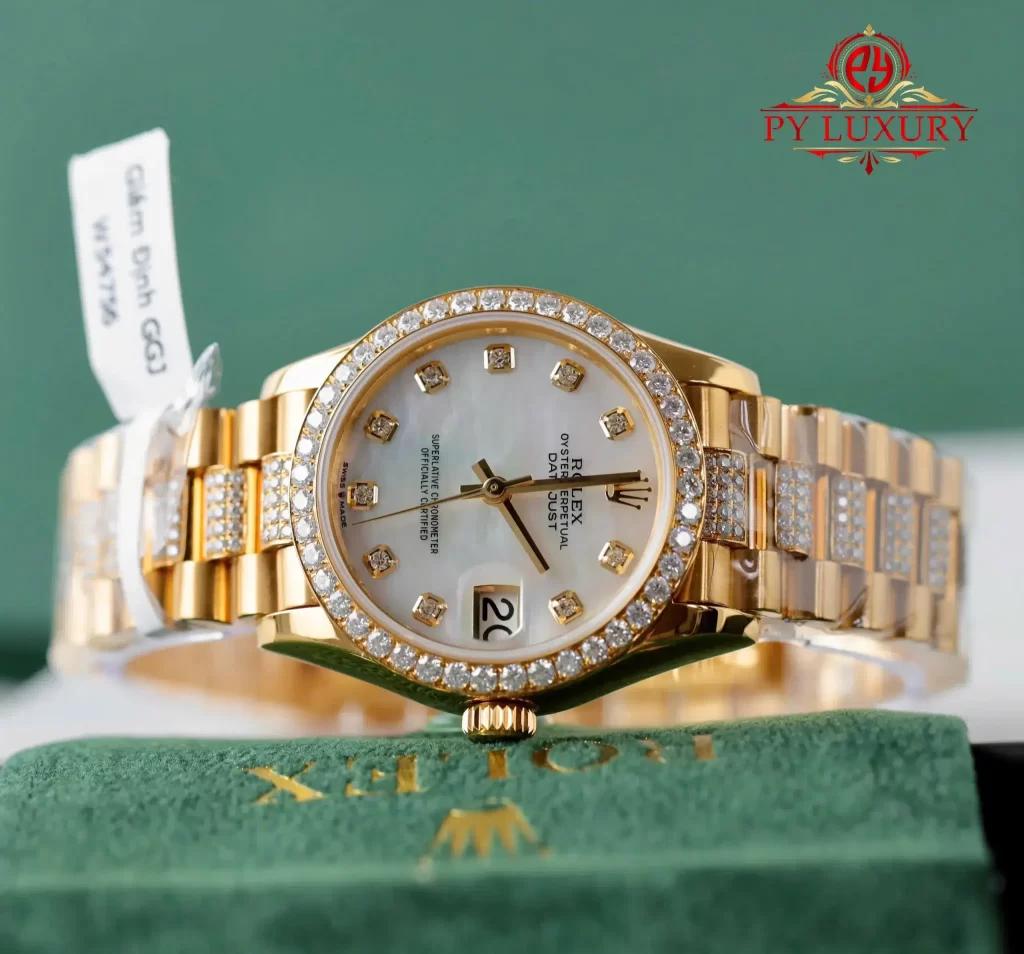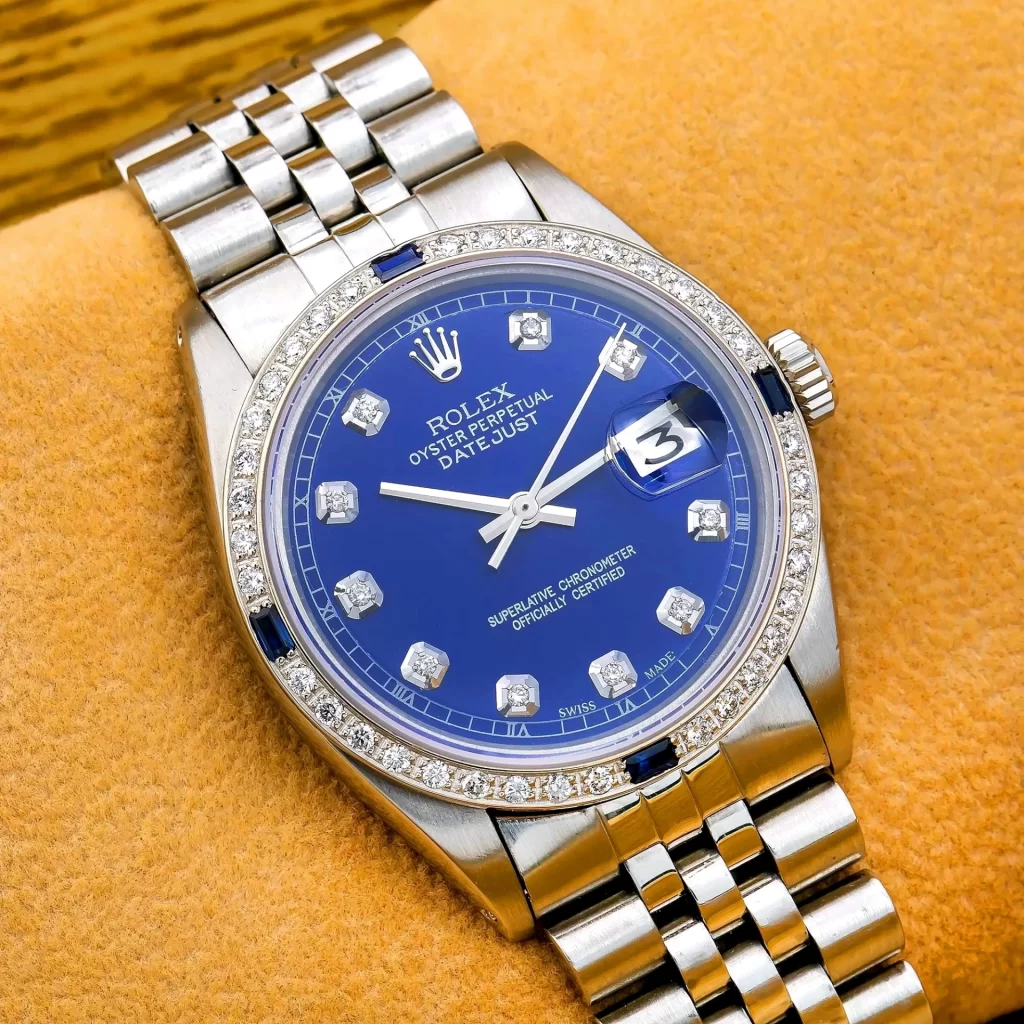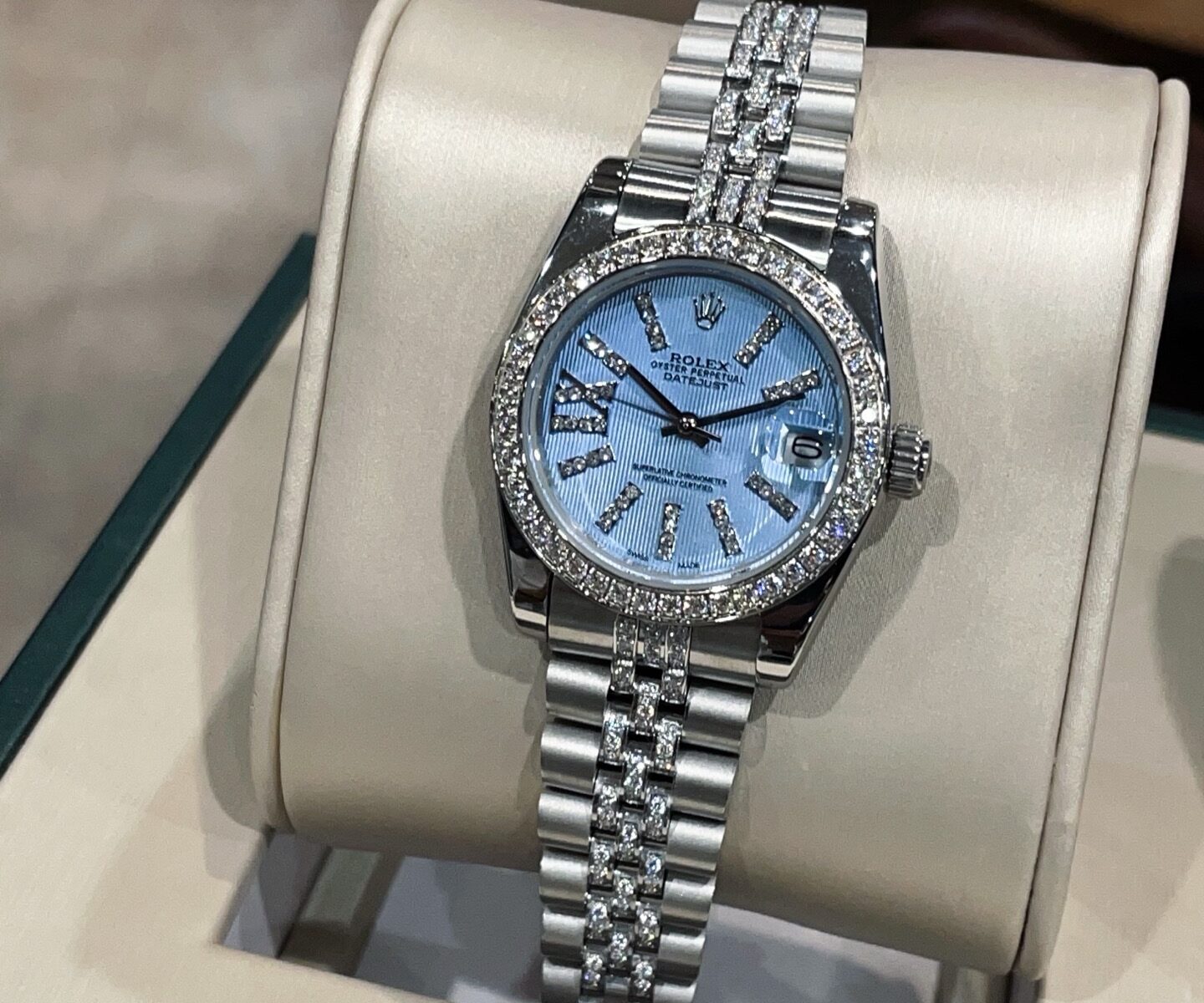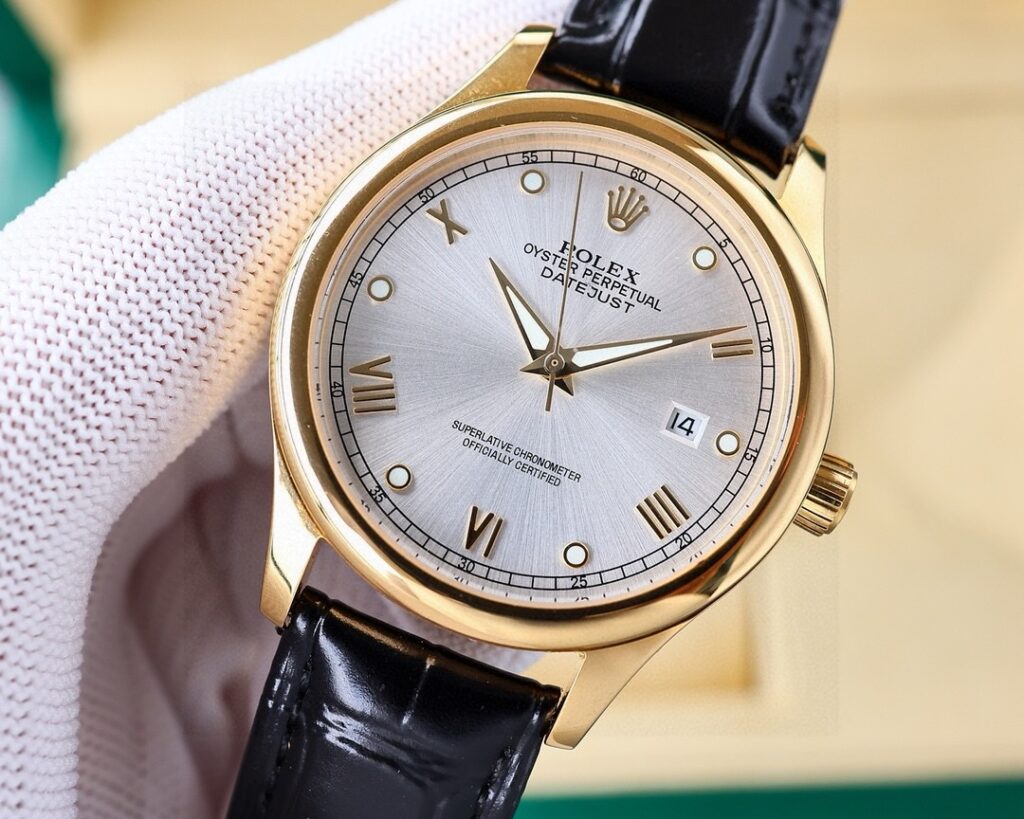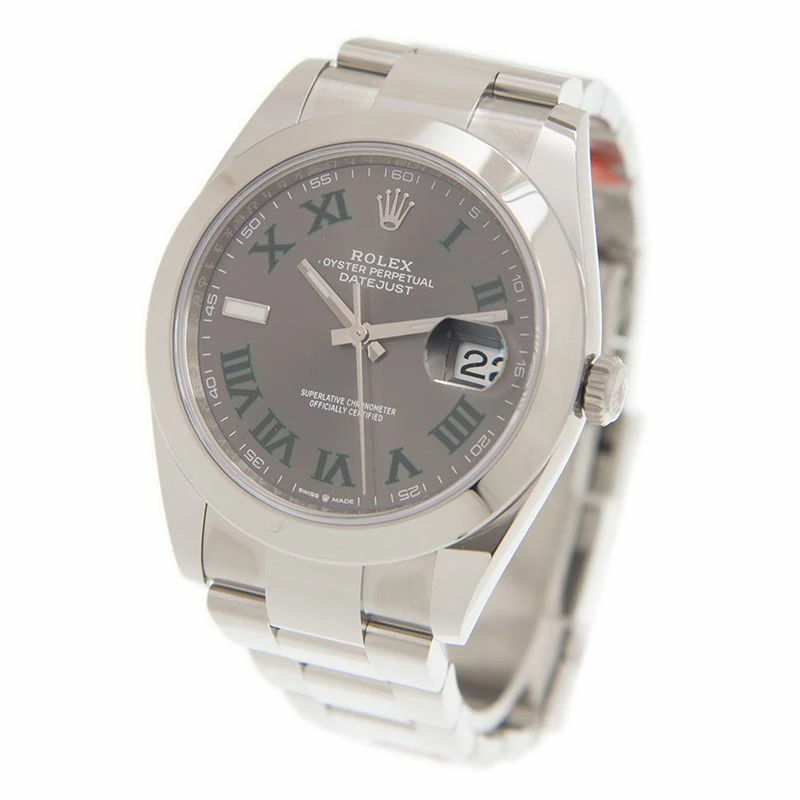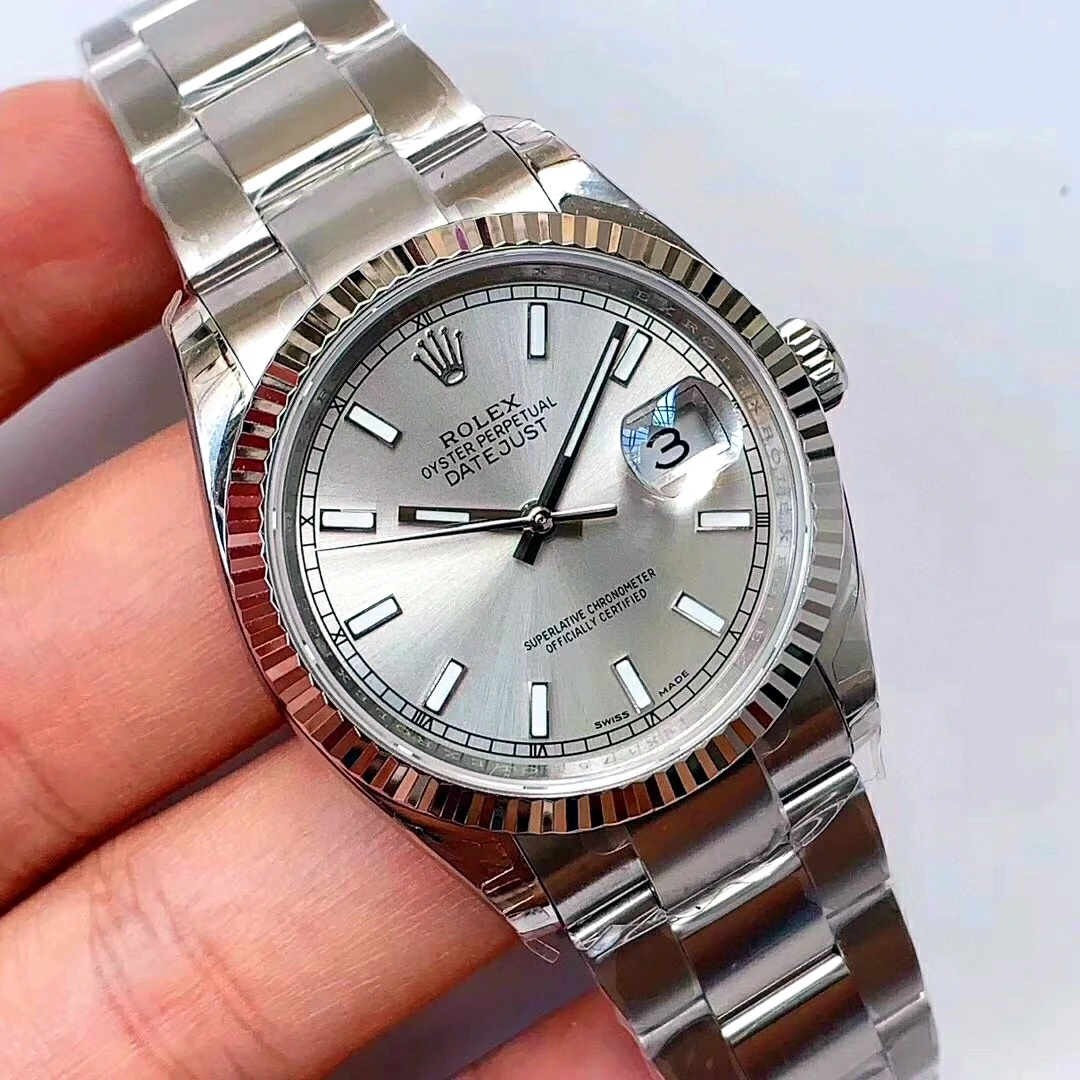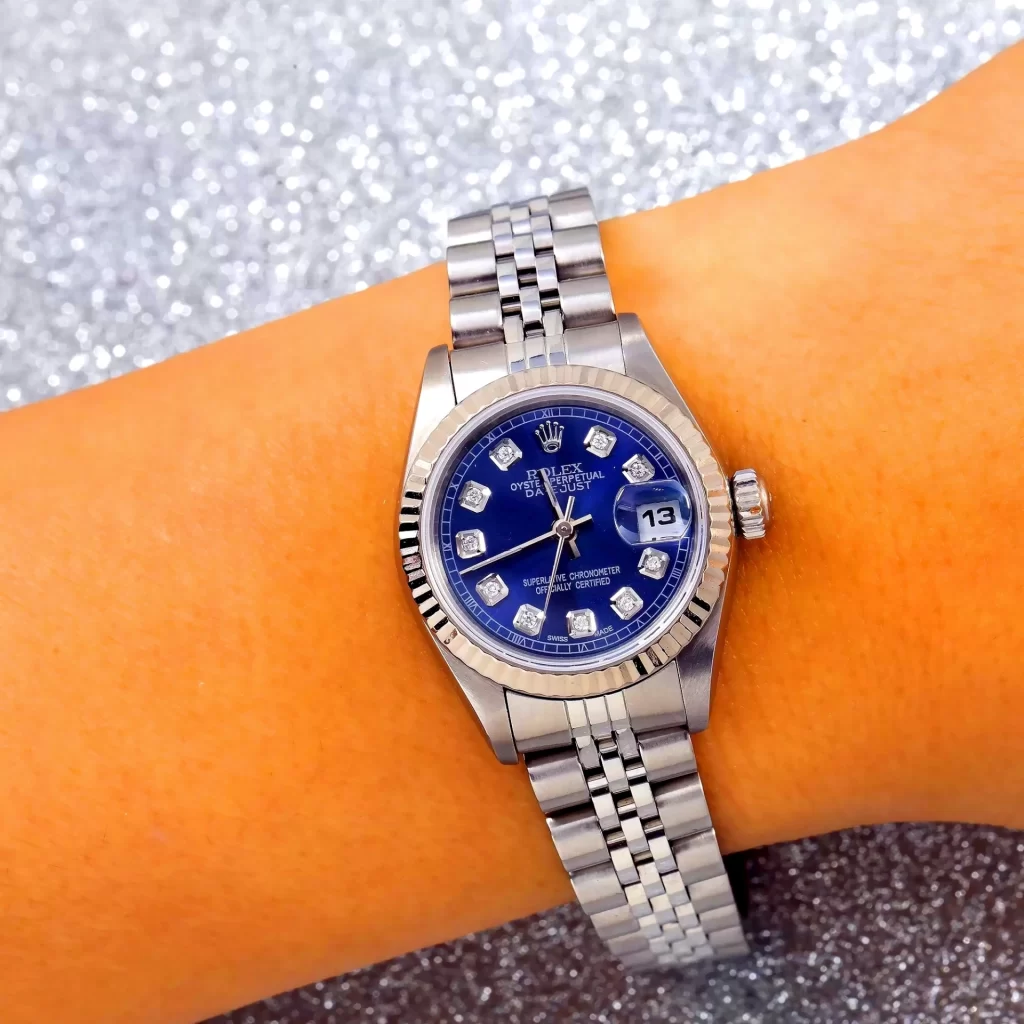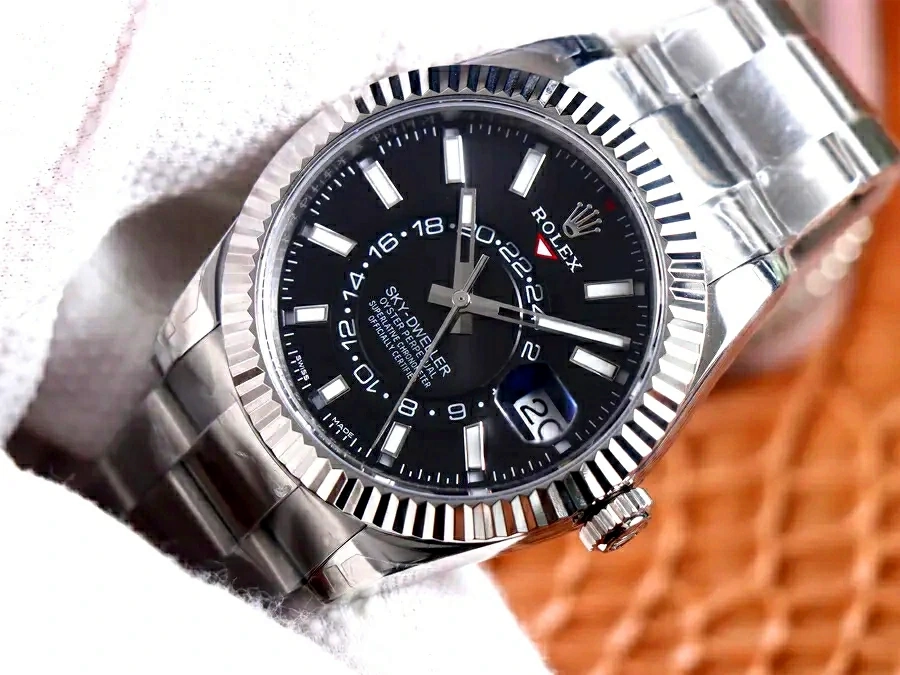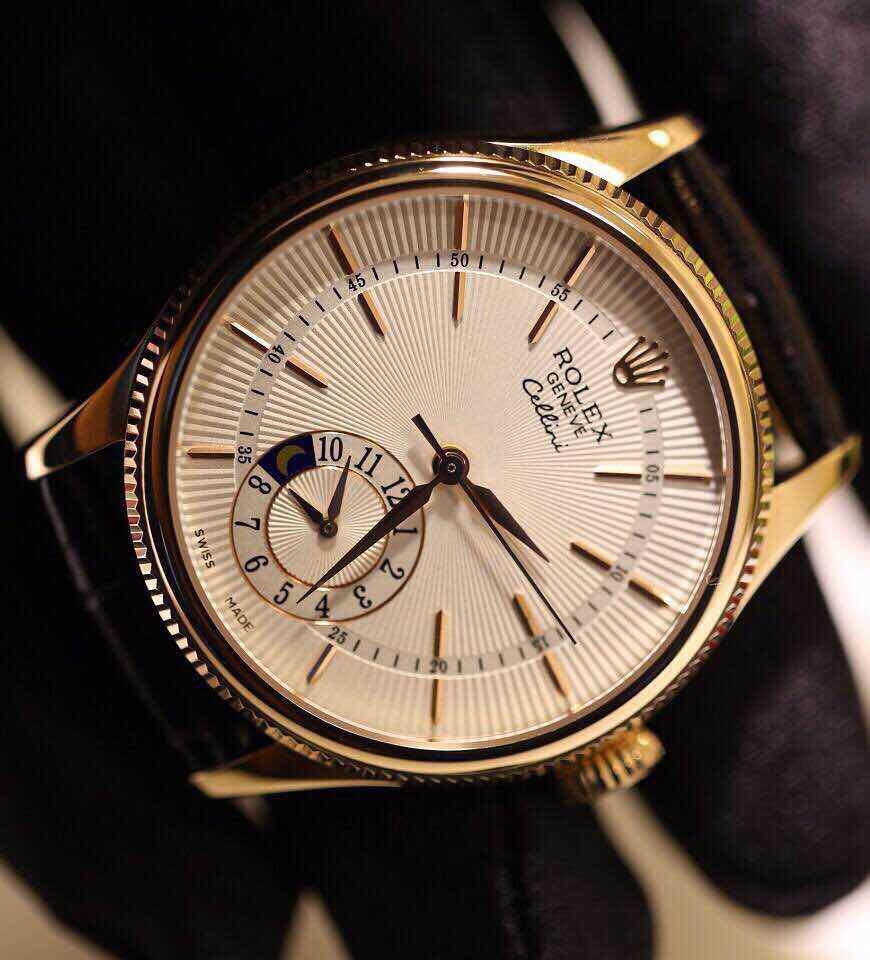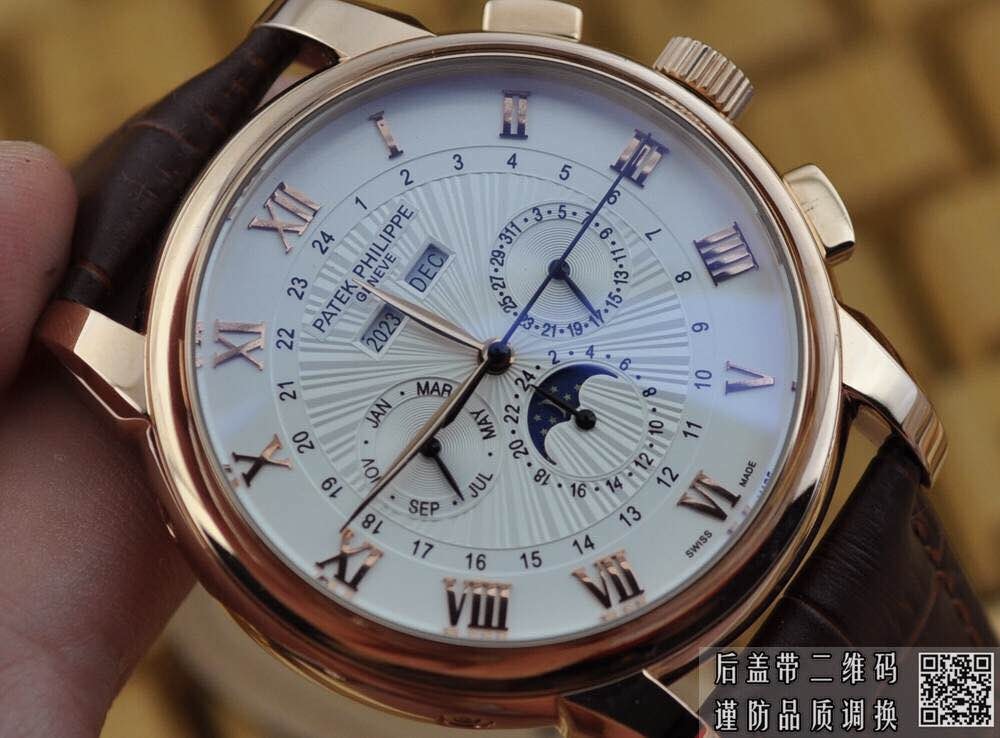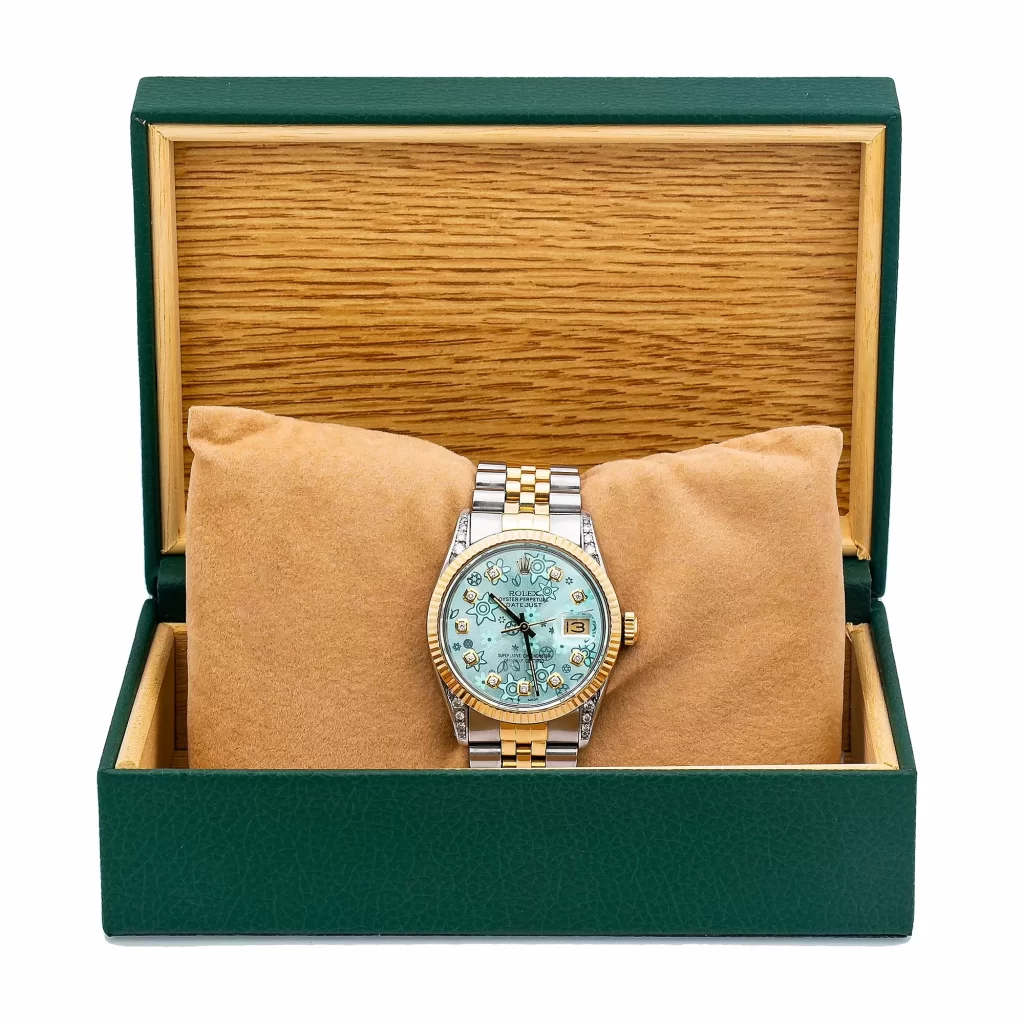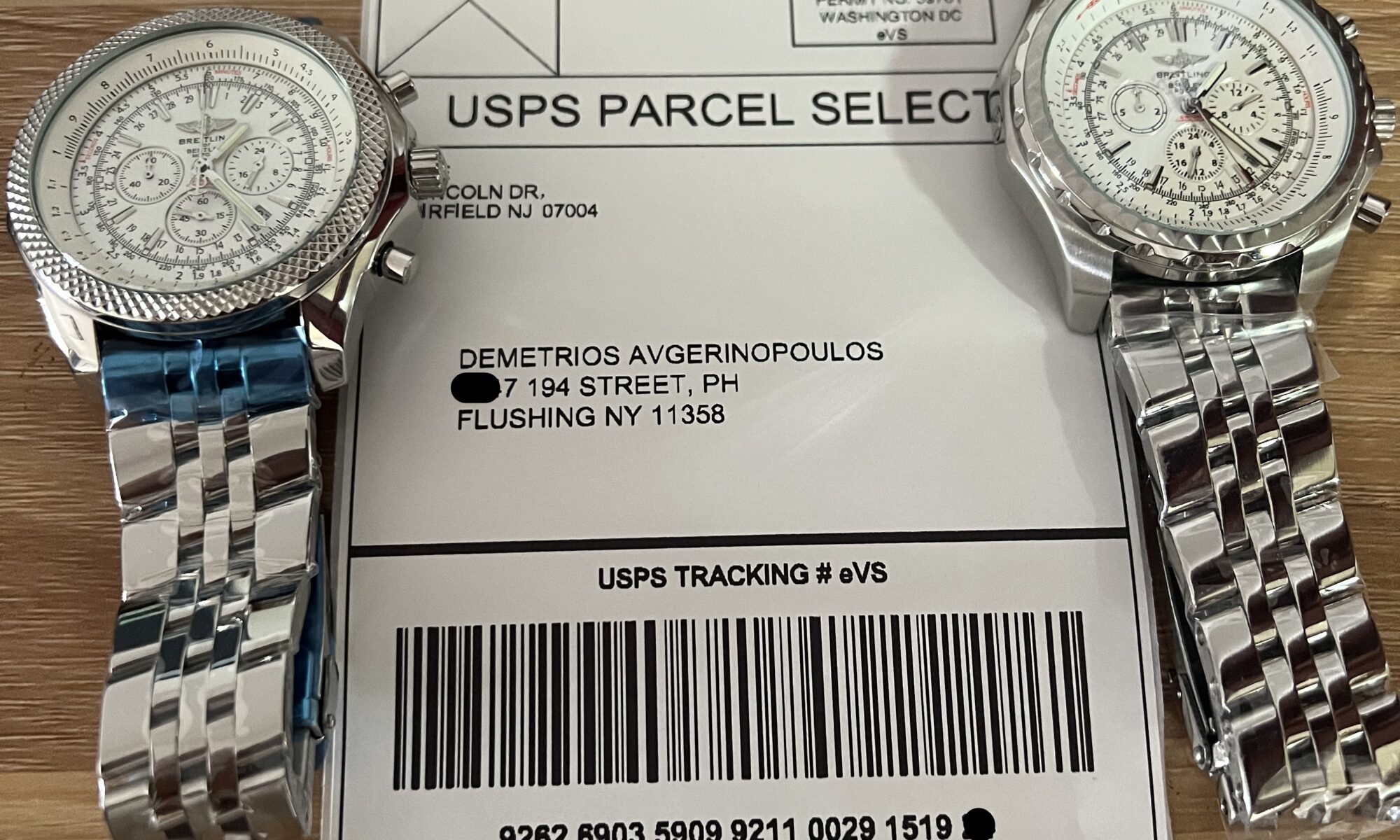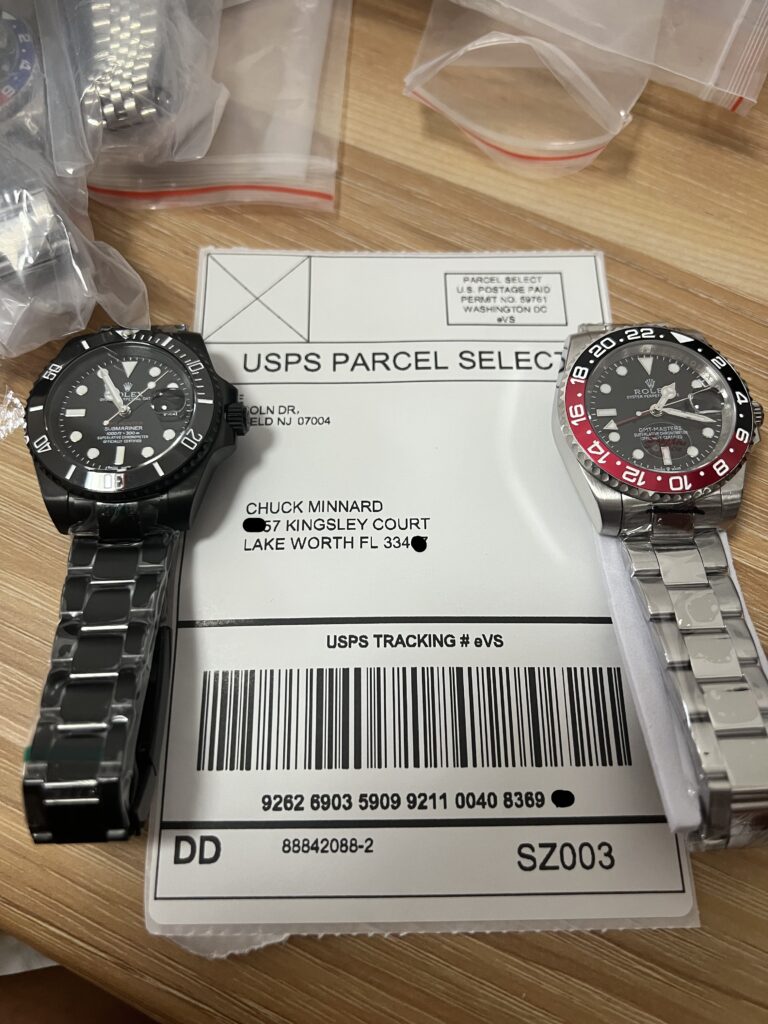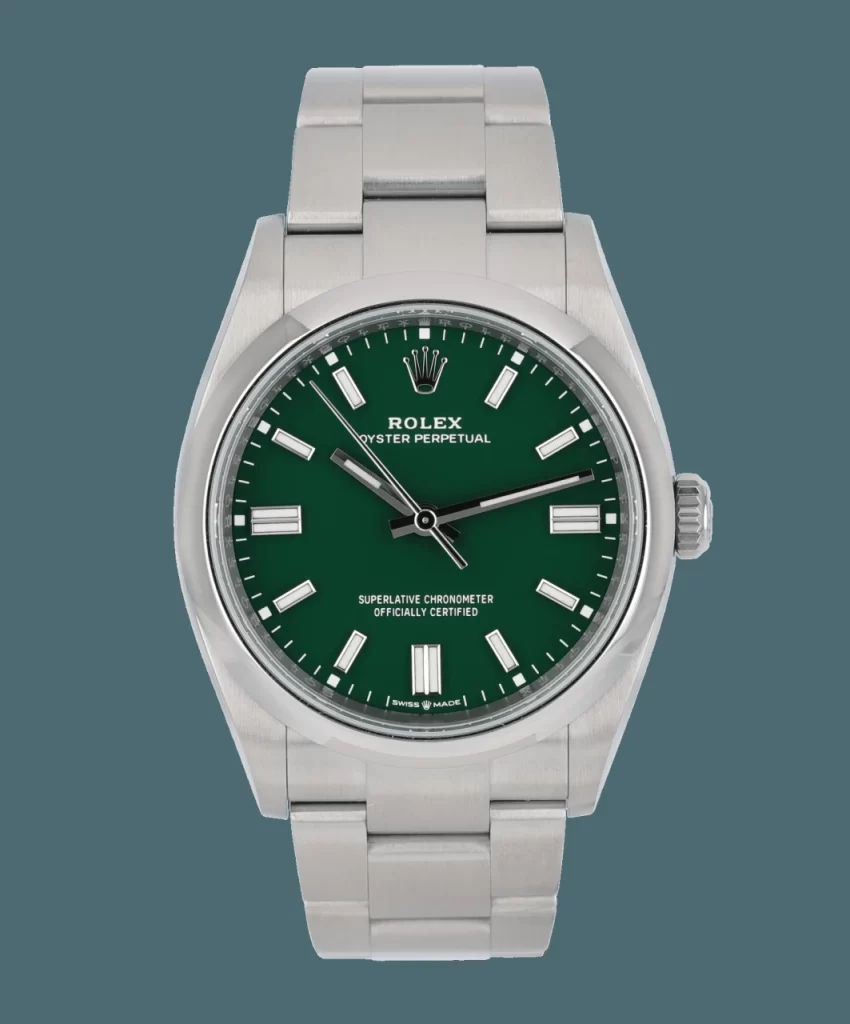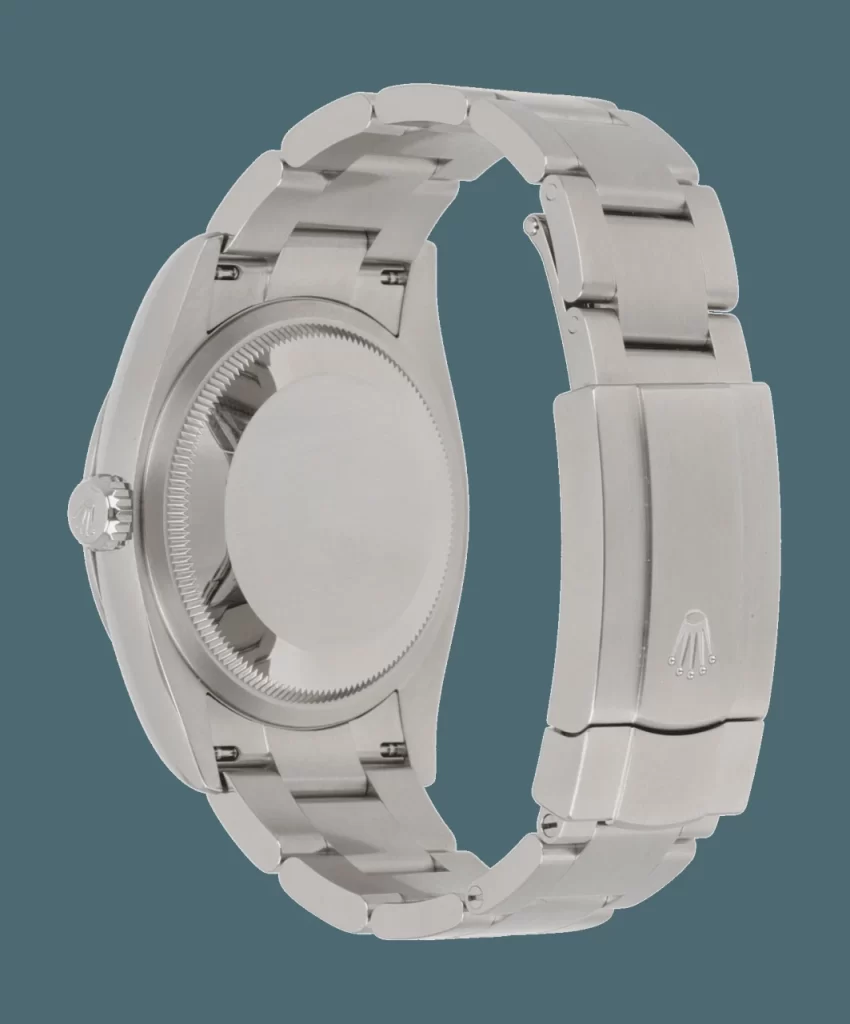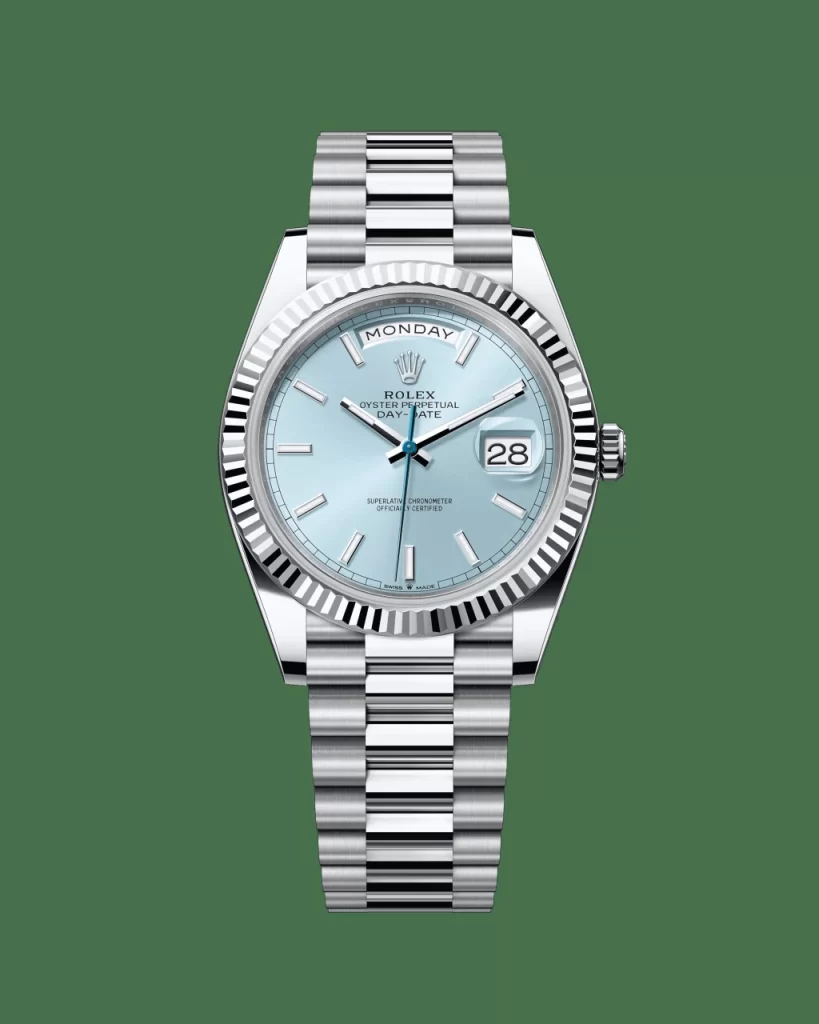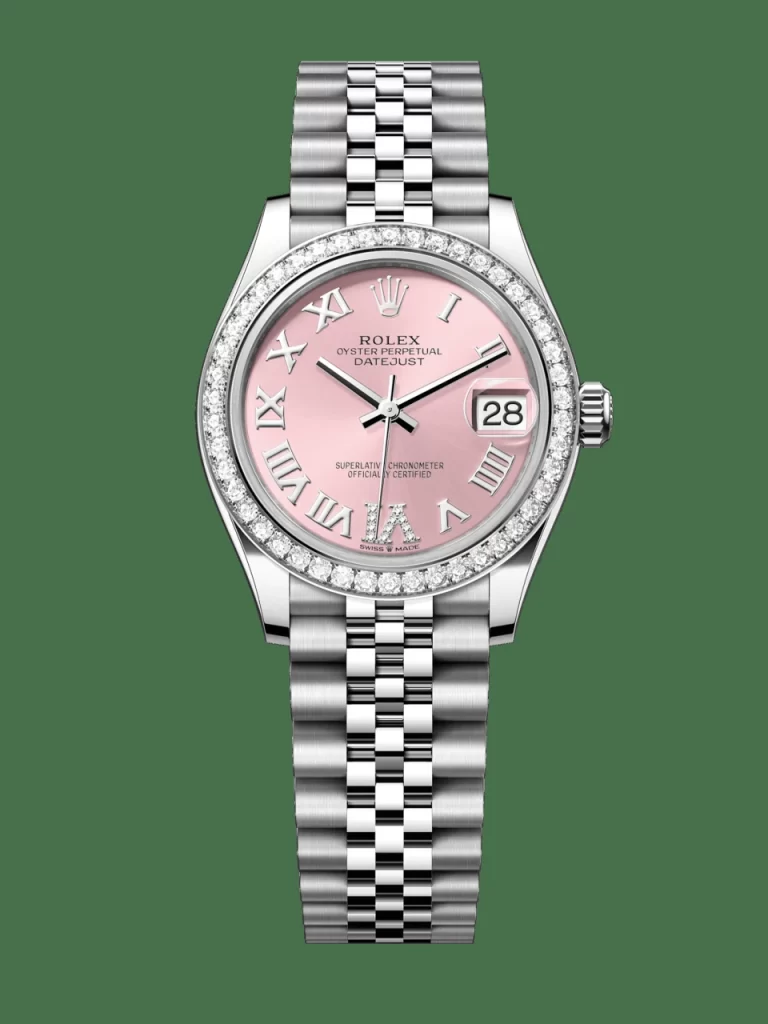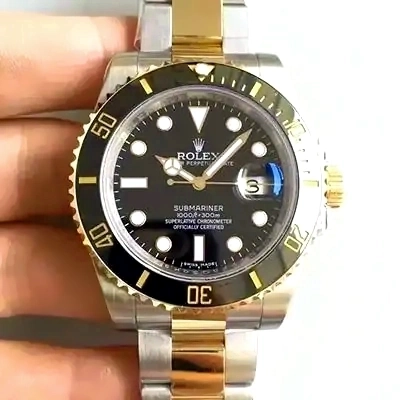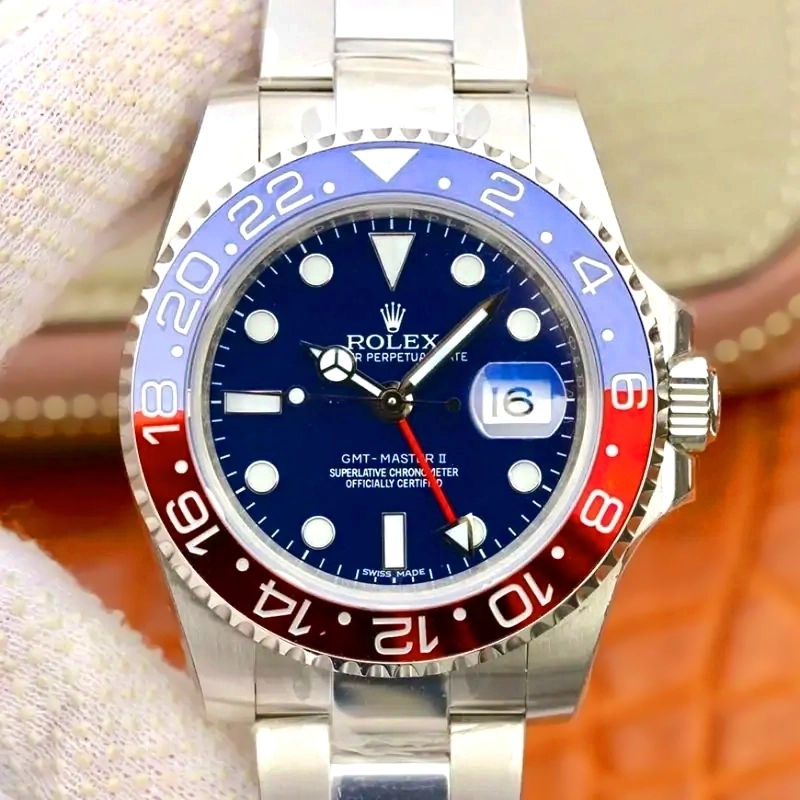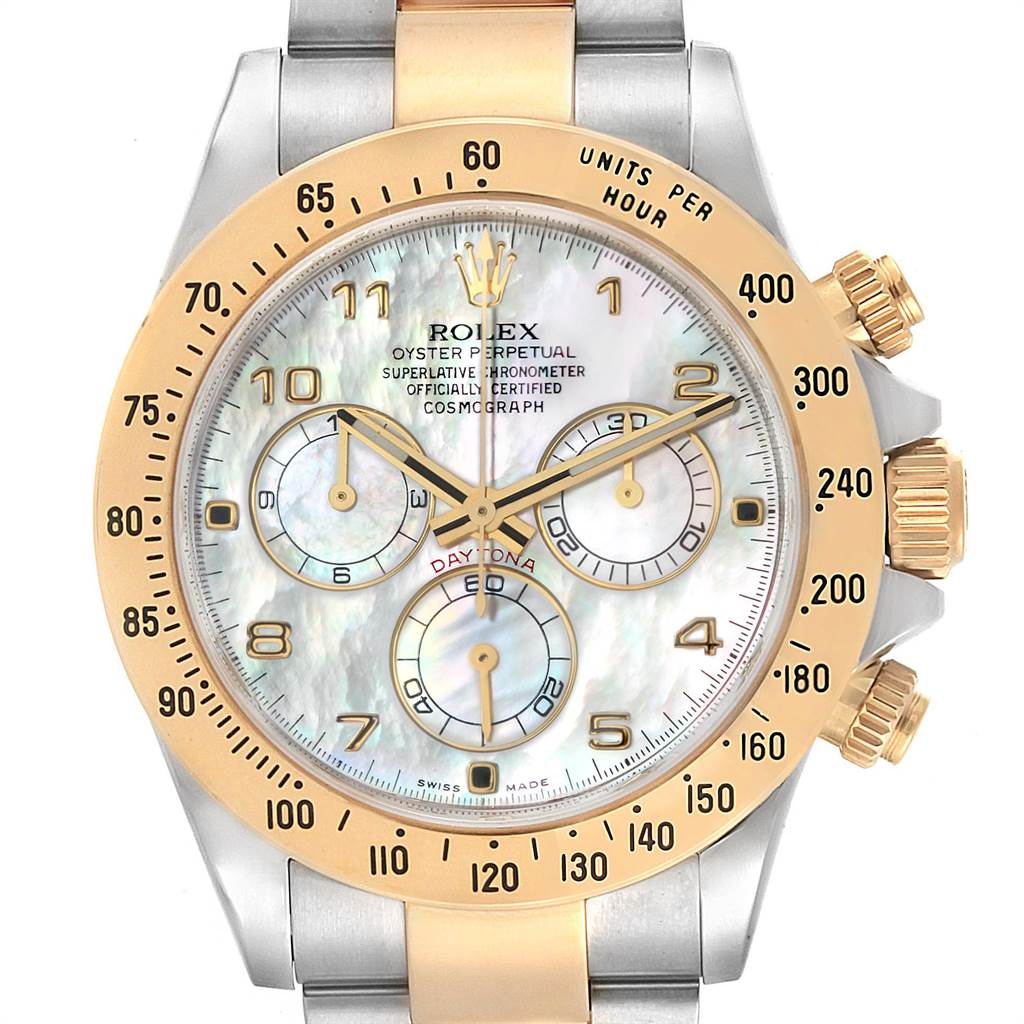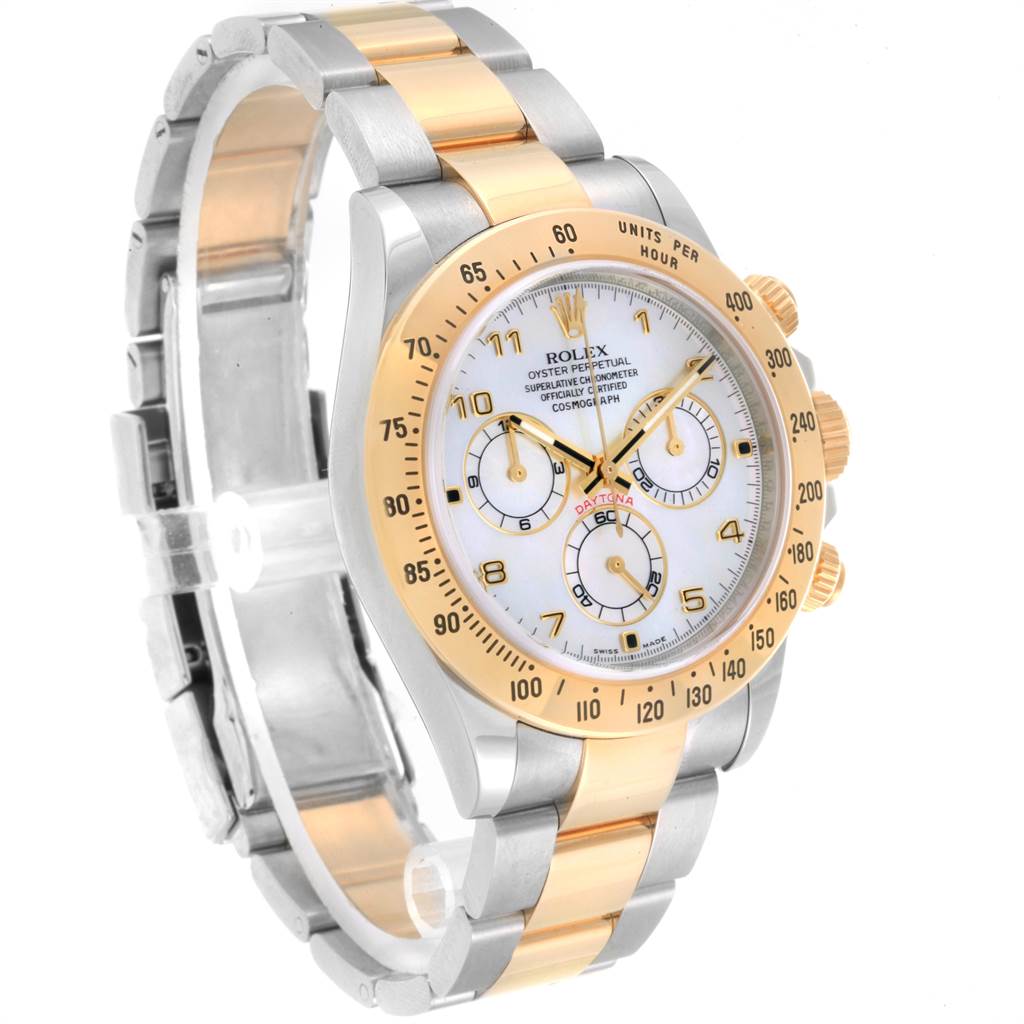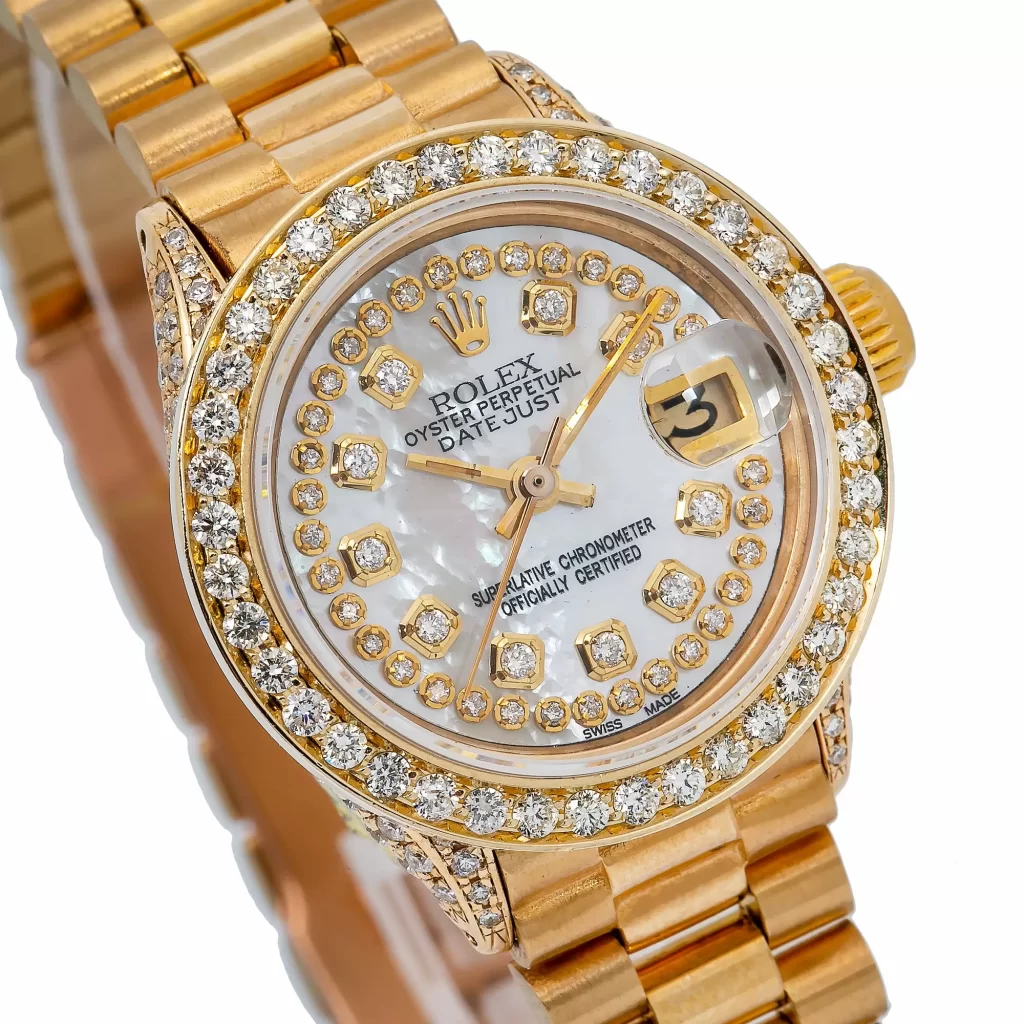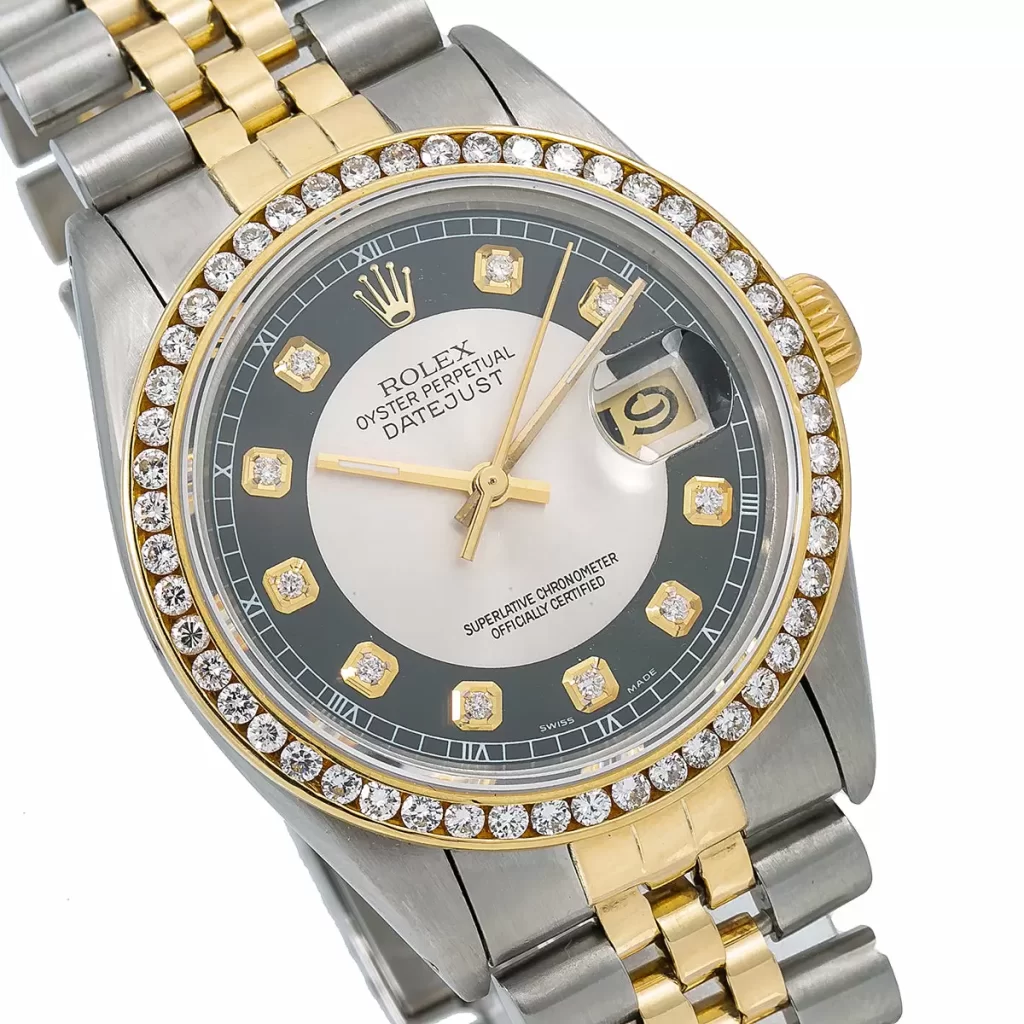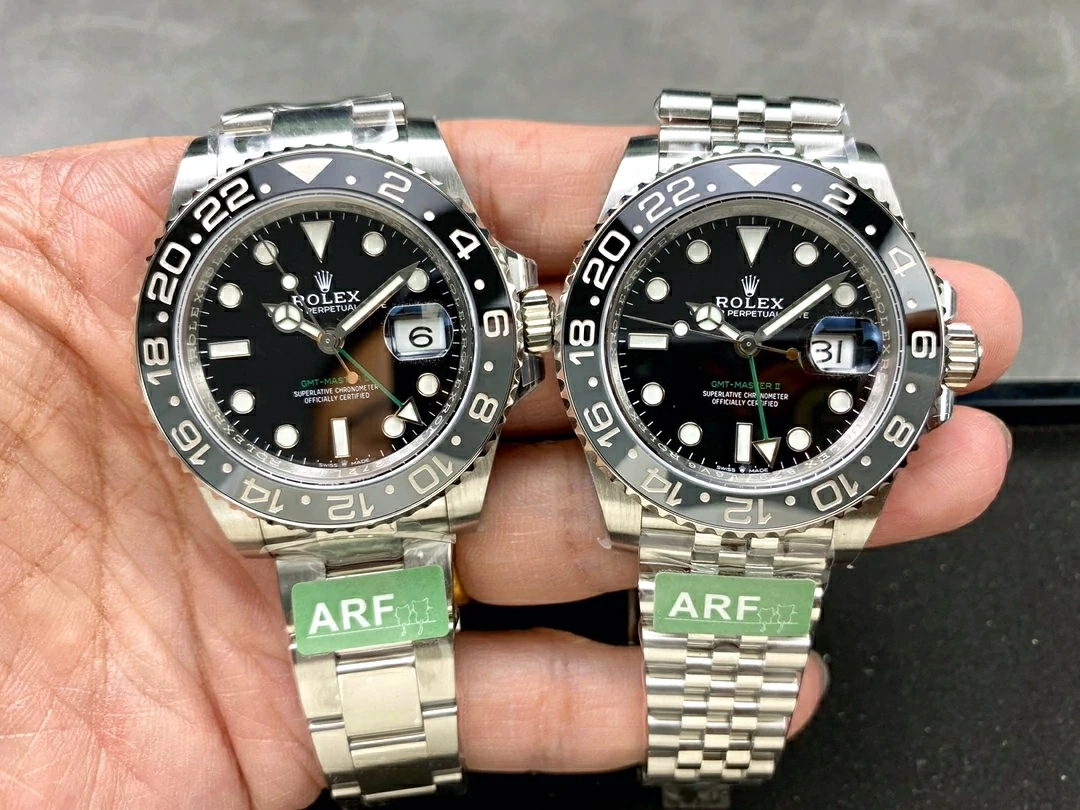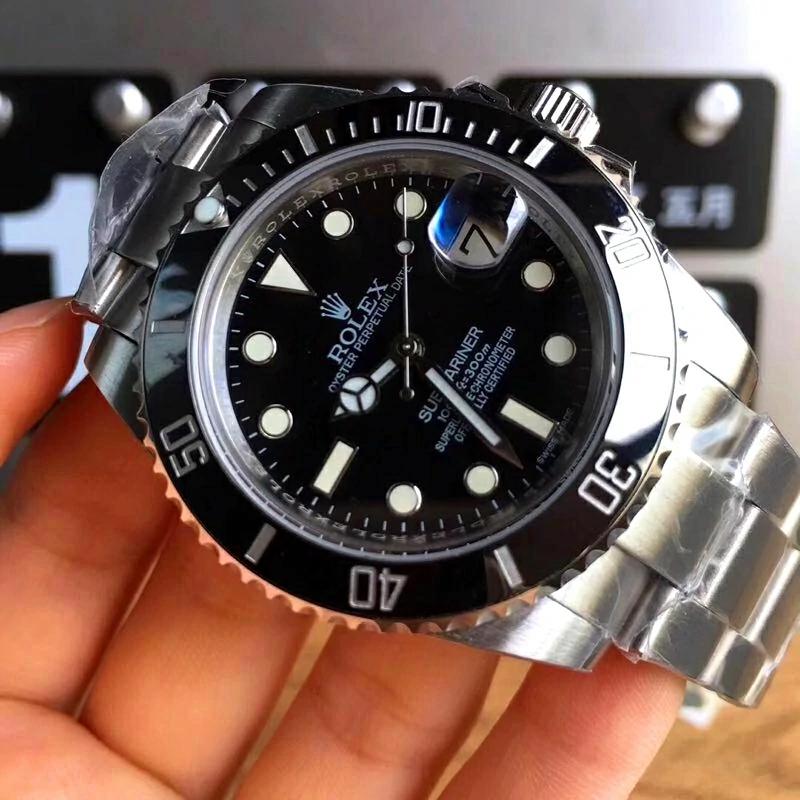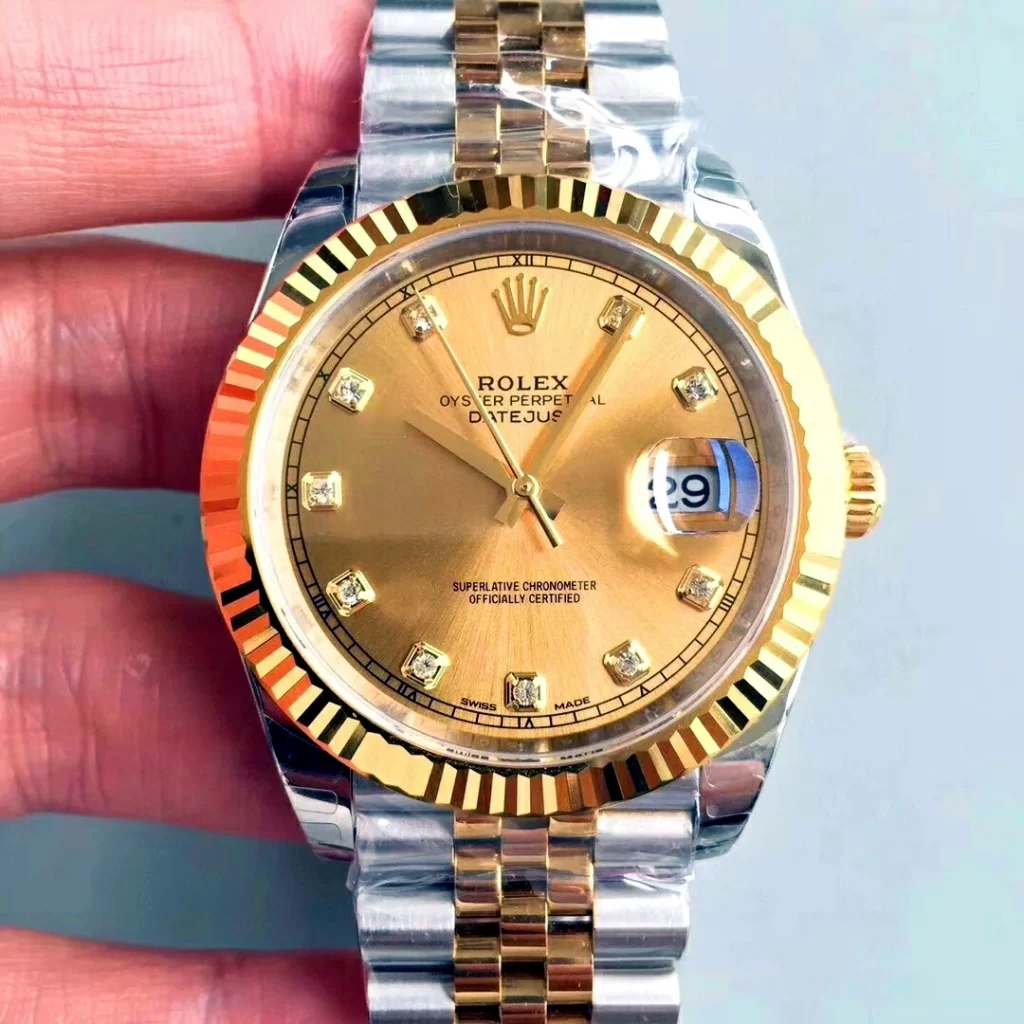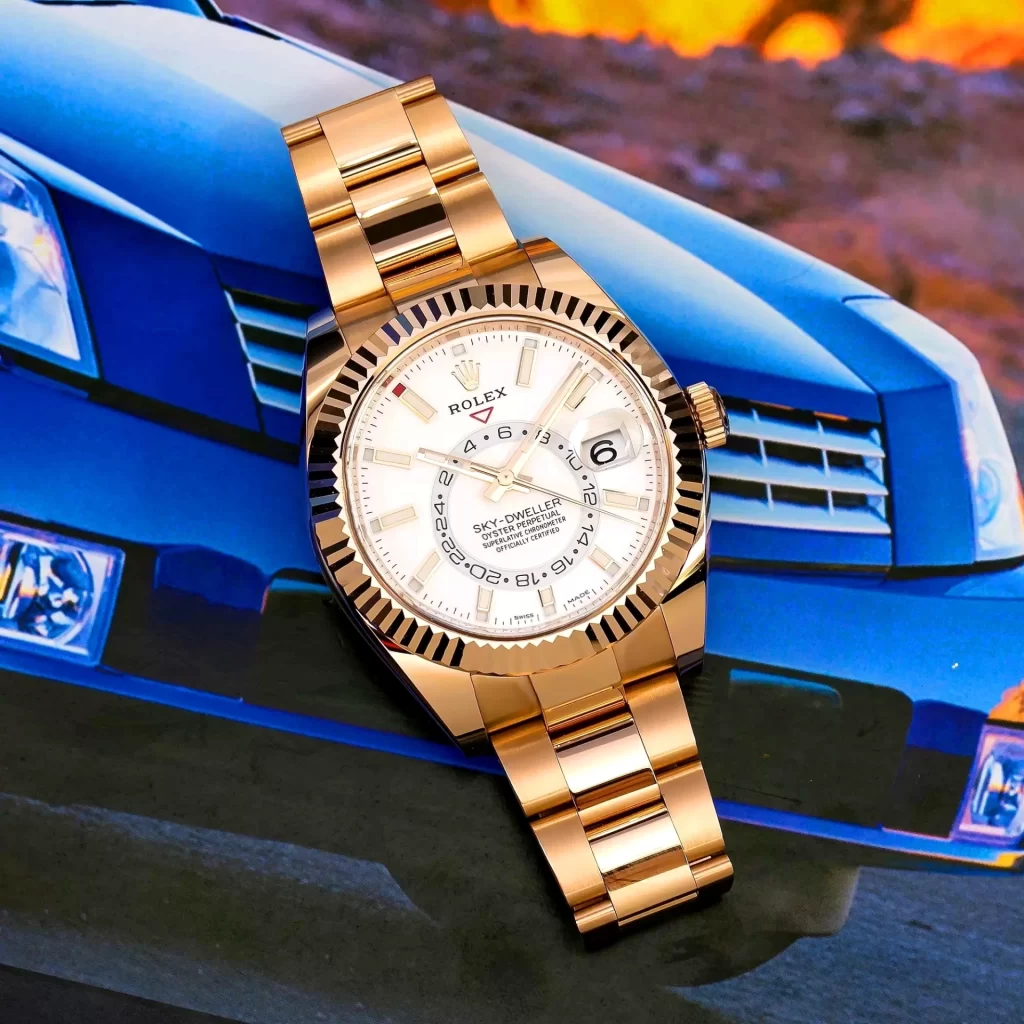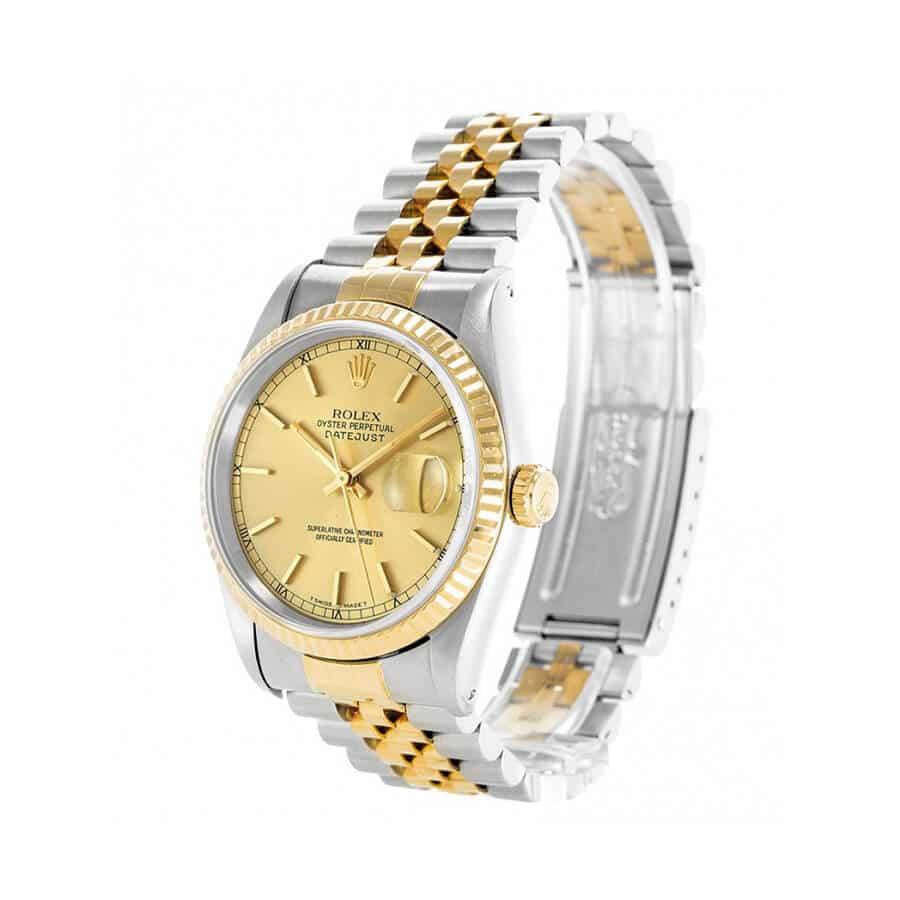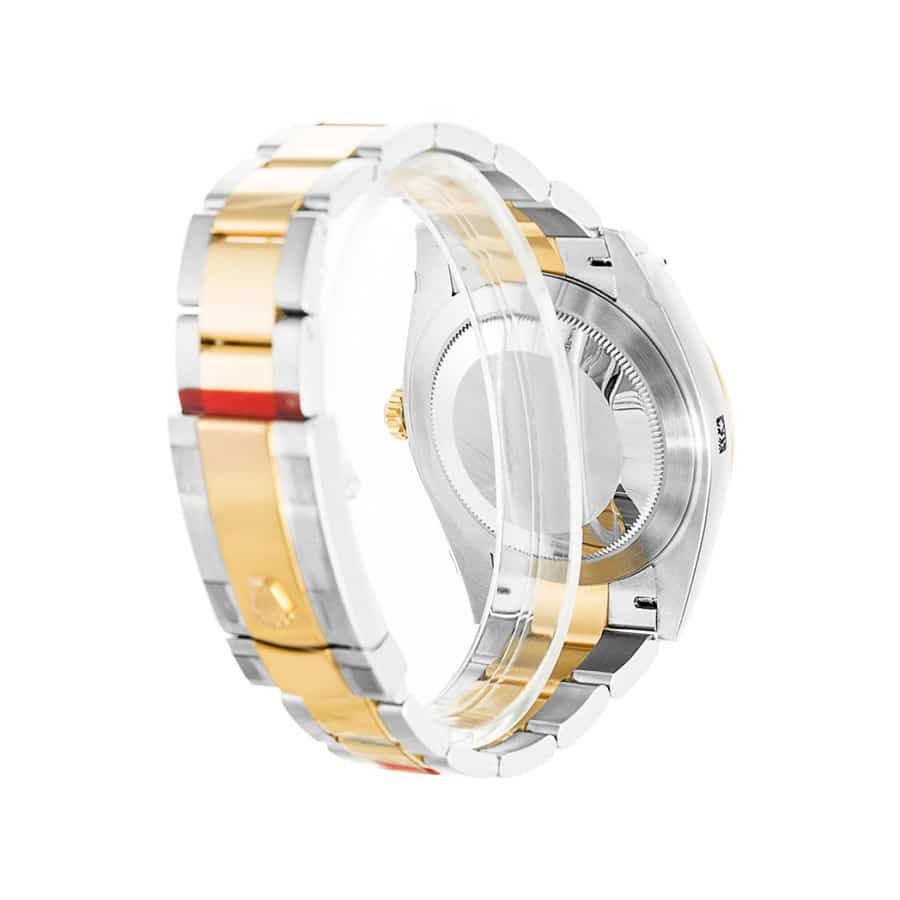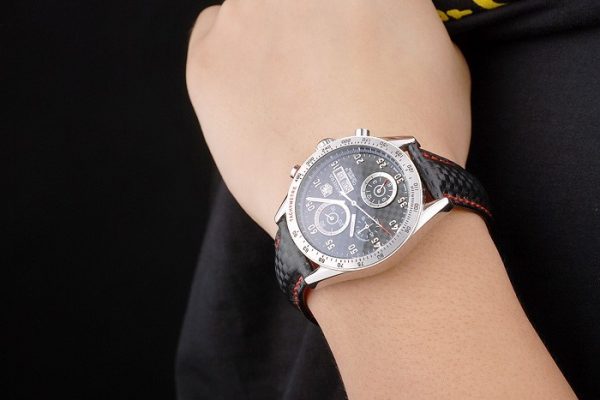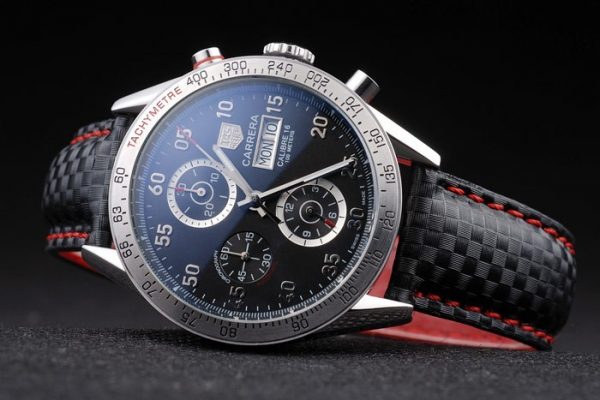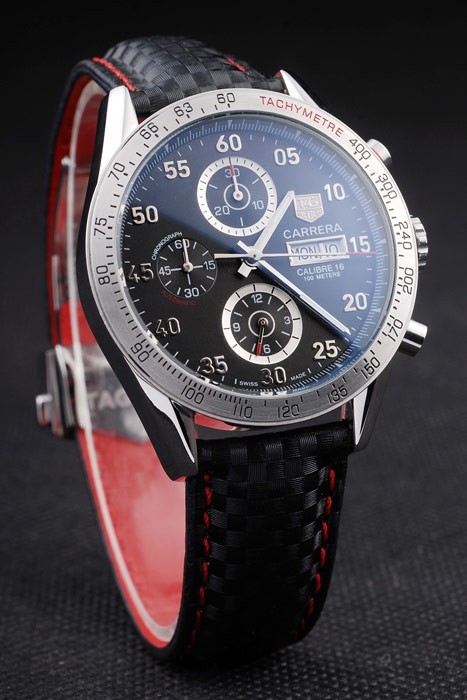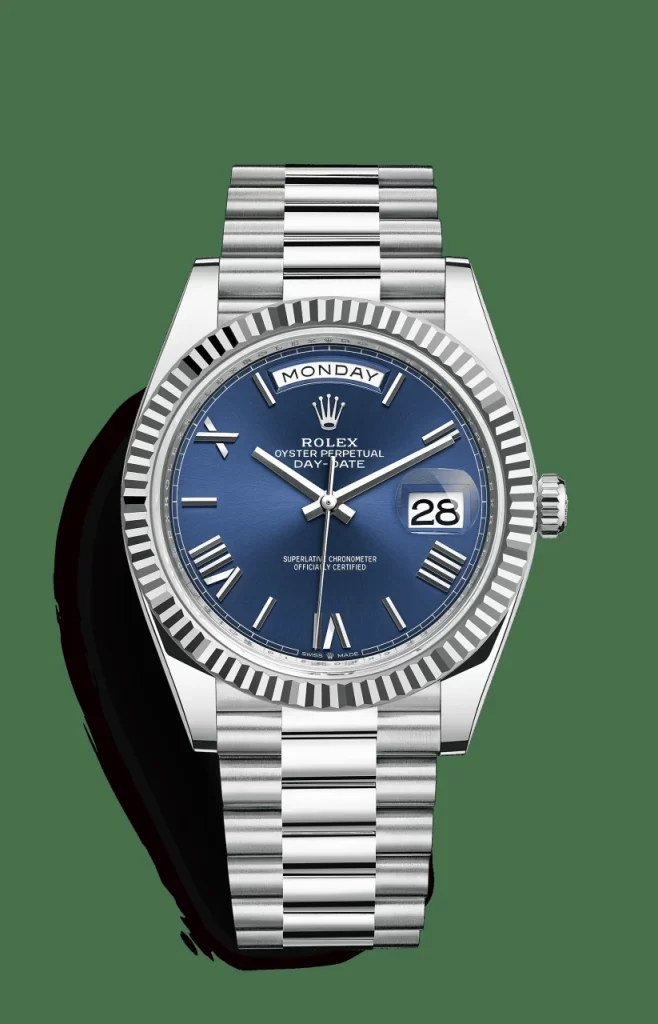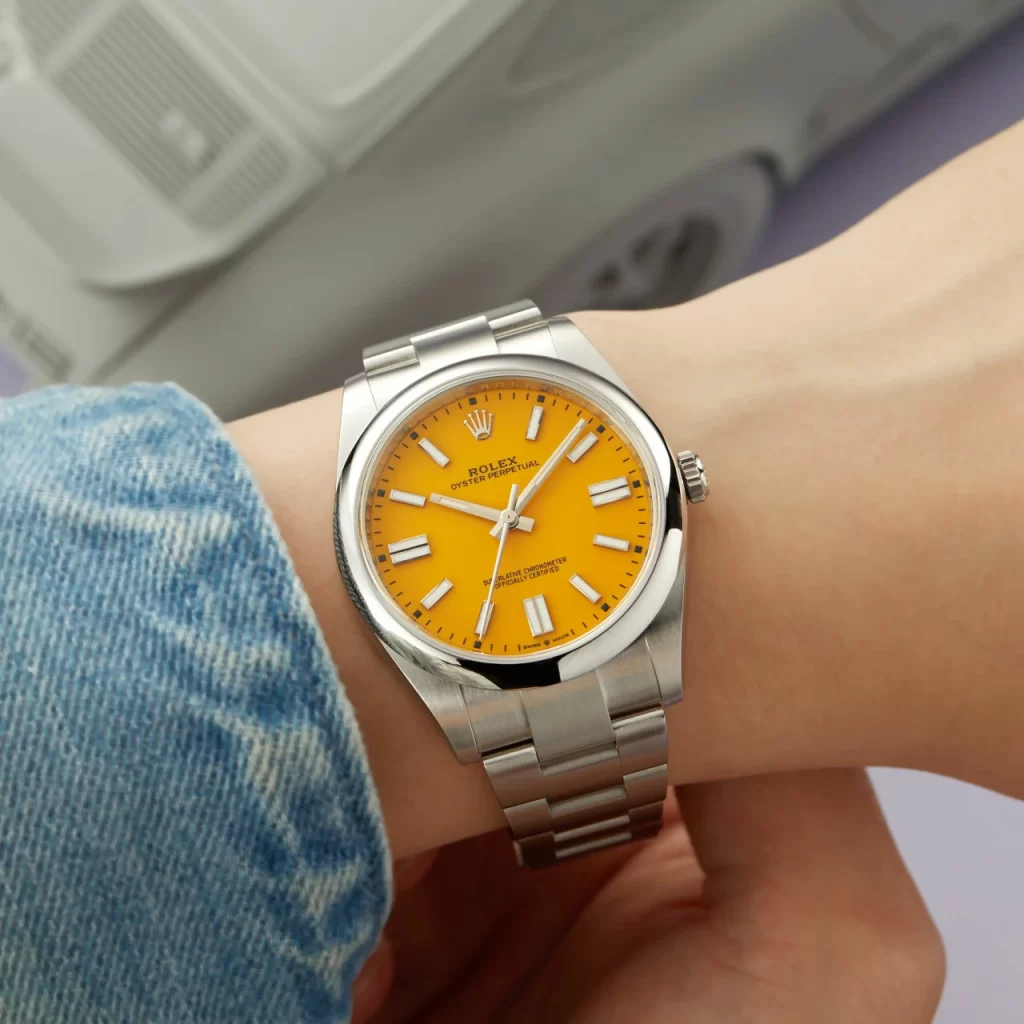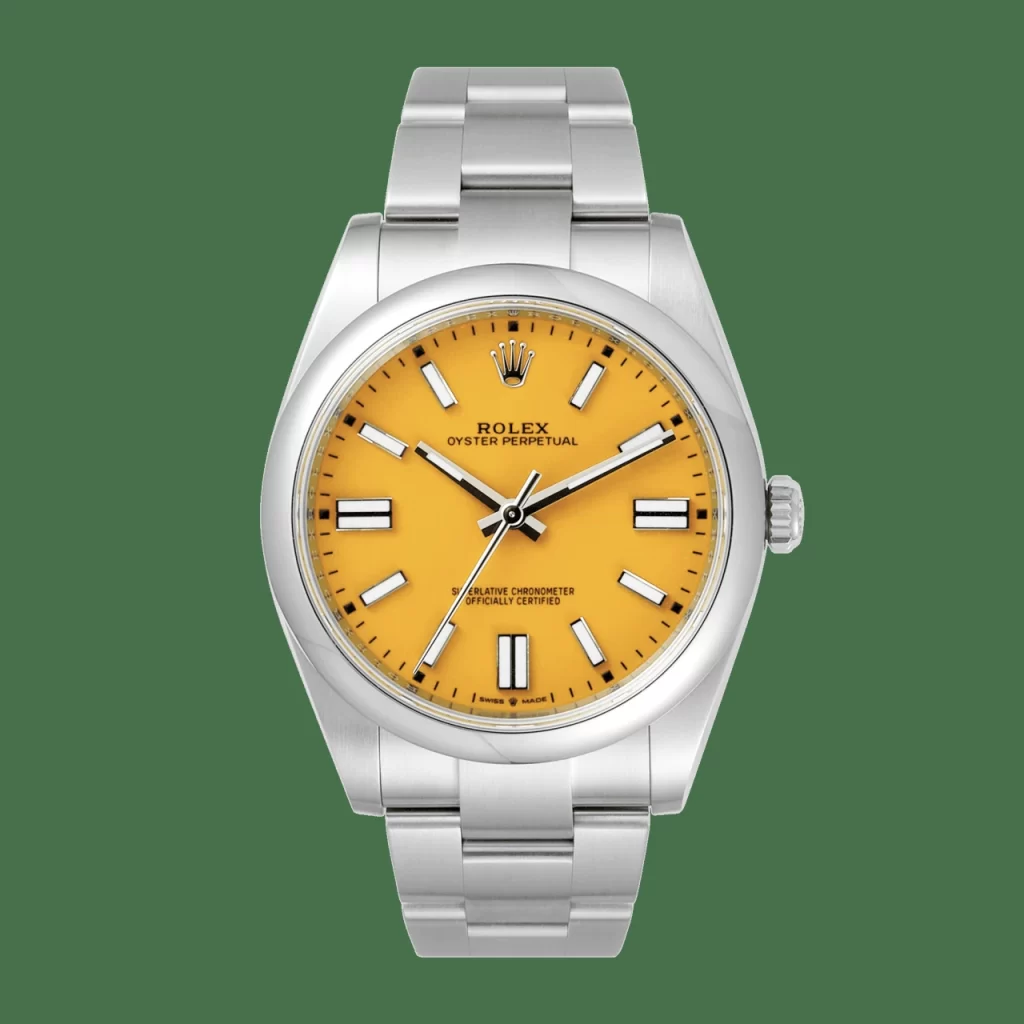Rolex has been synonymous with excellence, innovation, and timeless prestige. The brand’s reputation has been shaped not only by technical mastery and meticulous craftsmanship but also by its cultural significance and enduring emotional appeal. To understand why Rolex stands above other luxury watchmakers, one must look at how the company combines precision engineering, exclusive design, and an aura of achievement that transcends time.
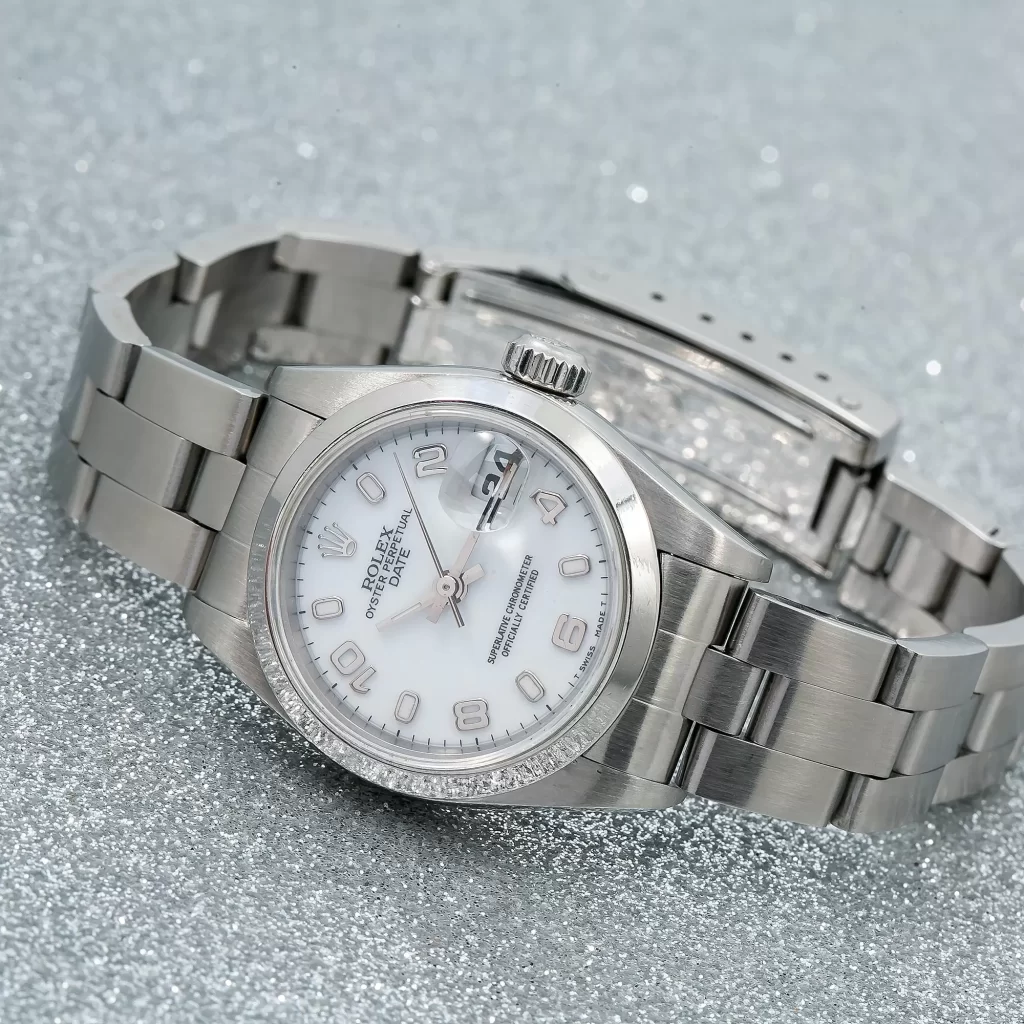
Rolex’s success is not built on a single defining quality but rather on the harmonious blending of multiple elements: unmatched quality, in-house production, enduring design, and a legacy that ties deeply into the stories of human achievement. Whether on the wrist of a Hollywood star, a world leader, or an explorer atop Everest, Rolex embodies a universal symbol of success and reliability.
Rolex’s Uncompromising Craftsmanship
Few manufacturers exercise the level of control over production that Rolex does. Every component, from the case to the movement, is designed, developed, and assembled within the company’s own facilities. This vertical integration allows Rolex to maintain uncompromising standards of precision and quality that are unmatched across the industry.
Every Rolex begins its life in one of the brand’s state-of-the-art workshops, where the raw materials – such as Oystersteel, gold, and platinum – are shaped and finished under the watchful eyes of master craftsmen. The brand’s dedication to quality means that the production of a single watch can take nearly a year, with hundreds of components undergoing meticulous inspection and hand assembly. Skilled watchmakers verify each stage of the process, ensuring that every piece bearing the copy Rolex crown performs flawlessly.
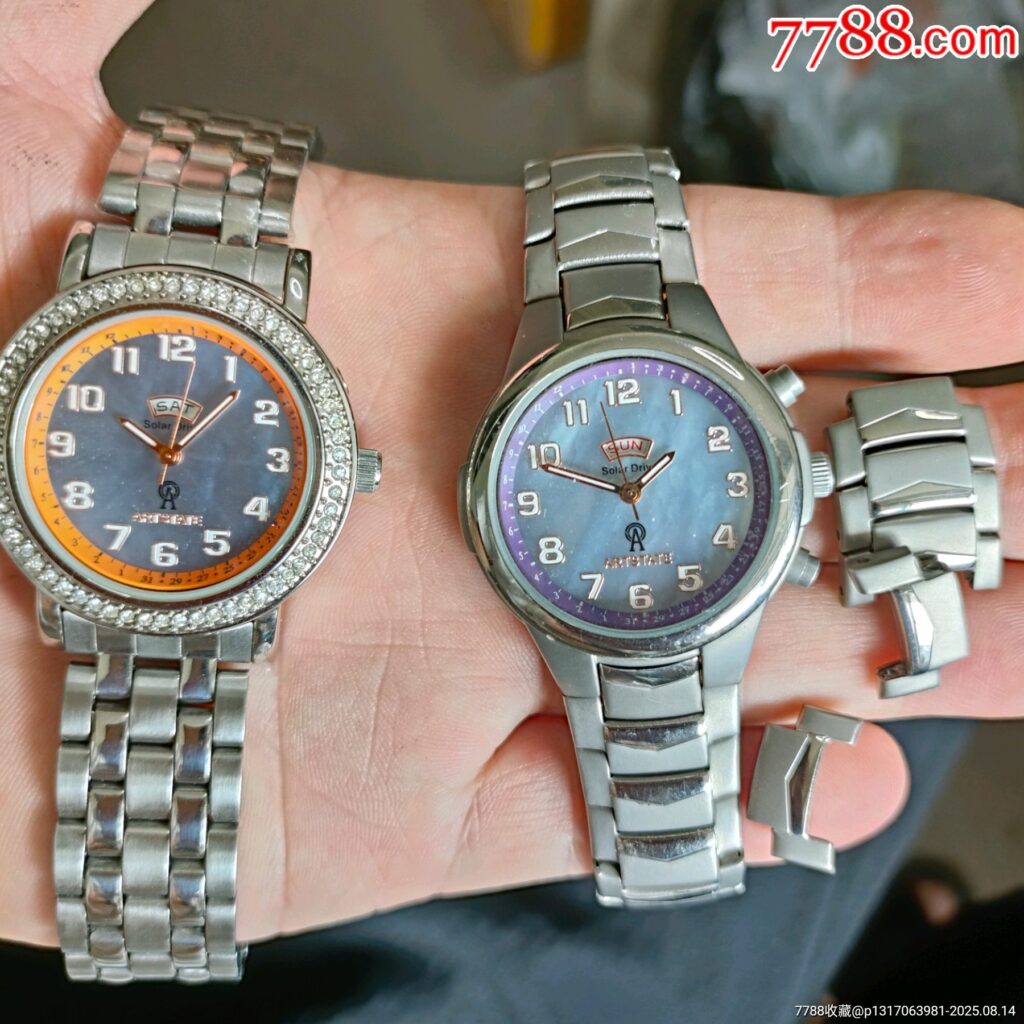
This obsessive attention to detail extends beyond manufacturing. Each Rolex undergoes a series of rigorous tests that simulate years of real-world use. The results are watches capable of withstanding extreme pressure, harsh environments, and decades of wear – all while maintaining their precision and brilliance.
The Materials That Define Excellence
The quality of a Rolex is not only found in its engineering but also in the exceptional materials used in its construction.
Oystersteel (904L steel), developed for superior corrosion resistance, retains its polish and strength for decades. Used in aerospace and high-tech industries, it gives Rolex watches their distinctive sheen and robustness.
18k Gold and Everose Gold, forged in Rolex’s own foundry, ensure unmatched consistency and color retention. Everose Gold, in particular, was developed to prevent the fading that plagues traditional rose gold alloys, ensuring the metal’s warm hue endures over time.
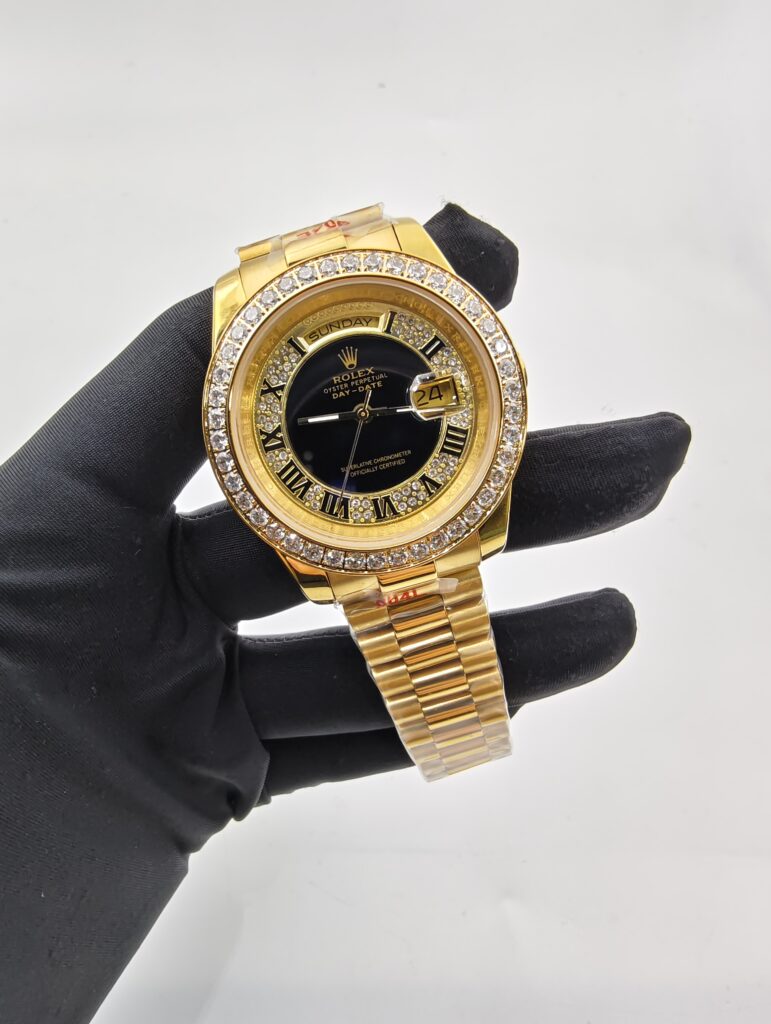
Platinum, the rarest and most exclusive of Rolex’s materials, is reserved for the brand’s most prestigious models. Its natural luster and weight make it the ultimate expression of quiet luxury.
Cerachrom, Rolex’s proprietary ceramic, redefined bezel construction with its resistance to scratches and fading. The colors remain as vivid decades later as they were on the day of purchase, making Cerachrom bezels both beautiful and nearly indestructible.
Precision Beyond Standards
Rolex does not settle for meeting industry benchmarks – it exceeds them. While the Official Swiss Chronometer Testing Institute (COSC) certifies the accuracy of Rolex movements, the brand subjects its watches to further in-house tests under its Superlative Chronometer designation.
Each watch must perform within an astonishing tolerance of -2/+2 seconds per day, twice as stringent as the COSC standard. These tests occur after the movement is encased, replicating real-world conditions. Additionally, every watch undergoes assessments for water resistance, power reserve, and self-winding efficiency. Even water-resistant models are tested under pressures exceeding their rated depth to ensure reliability in the harshest environments.
This exhaustive verification process guarantees that every Rolex not only meets but surpasses expectations for accuracy and durability.
More Than a Watch: A Symbol of Success
Owning a Rolex represents more than an appreciation for fine watchmaking – it signifies achievement, confidence, and discernment. For many, purchasing a Rolex marks a milestone, whether a professional accomplishment, a personal victory, or a major life event. That emotional connection transforms the watch from a simple accessory into a cherished heirloom.
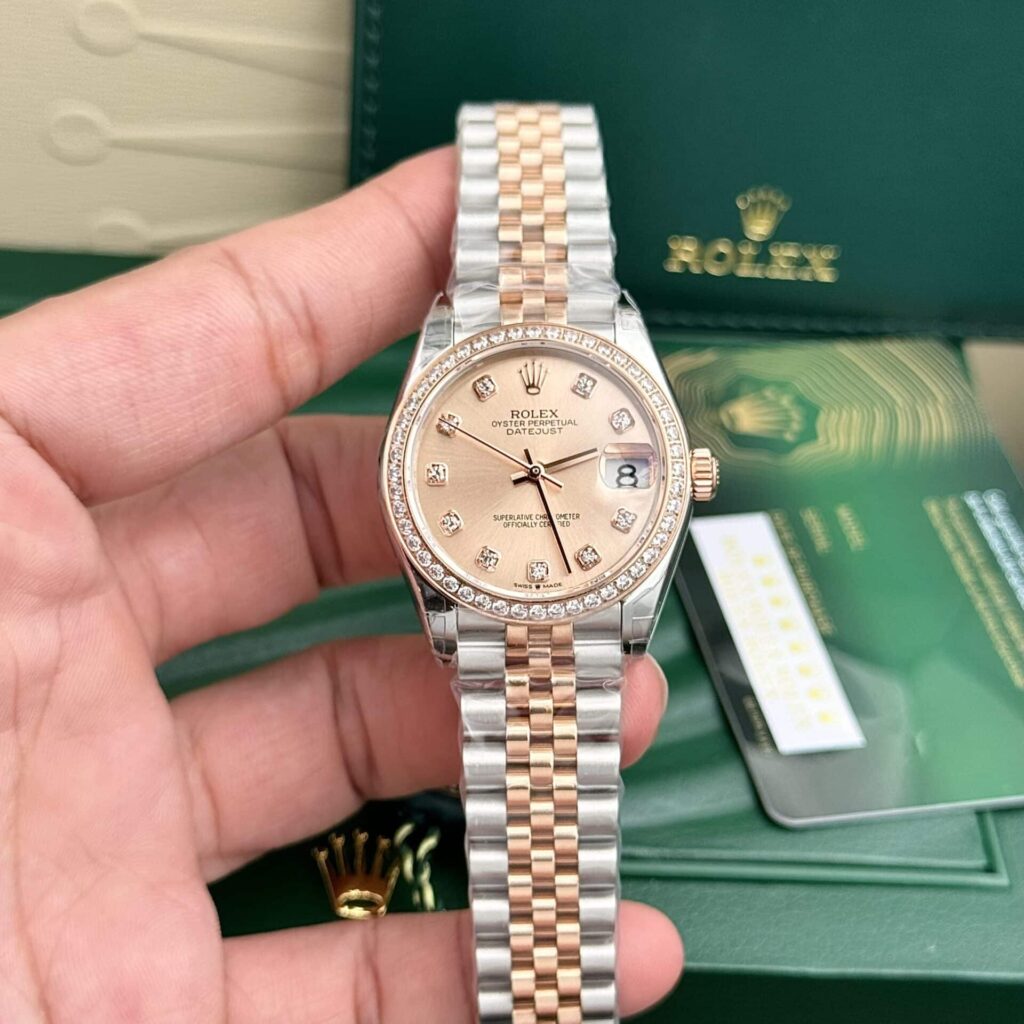
A Rolex silently communicates success without ostentation. Its refined presence makes an impression in boardrooms, gala events, and casual settings alike. The brand’s marketing has long reinforced this notion, positioning Rolex not merely as a luxury product but as a reward for excellence and perseverance.
Cultural Icons and Enduring Influence
Rolex’s cultural presence extends far beyond the watch industry. Over the decades, the brand has been worn by some of the most influential figures in modern history.
Paul Newman’s association with the Daytona transformed that model into one of the most collectible watches of all time. Sean Connery’s Submariner immortalized Rolex as James Bond’s watch of choice. Dr. Martin Luther King Jr.’s Datejust became a symbol of dignity and quiet leadership. Explorers like Sir Edmund Hillary wore Rolex watches to the summit of Mount Everest, proving their reliability in the world’s harshest environments.
In the modern era, figures such as Roger Federer, Tiger Woods, and filmmaker James Cameron have continued to strengthen Rolex’s image through genuine partnerships. These associations feel authentic because they reflect real admiration rather than mere sponsorship. As a result, Rolex enjoys a level of cultural integration that few brands can replicate.
A Rare Luxury That Holds Its Value
Unlike most luxury goods, which depreciate the moment they leave the store, Rolex watches often retain – or even appreciate – in value. This stability stems from the brand’s deliberate control over production and its immense global demand.
Some believe Rolex strategically limits supply to maintain exclusivity. Whether intentional or not, the result is a scarcity that fuels strong resale values and waiting lists for certain models stretching months or even years. Popular models such as the Submariner, Daytona, and GMT-Master II frequently trade for more than their retail prices in the secondary market.
The pre-owned market for Rolex is now more transparent and accessible than ever. Platforms and auctions allow collectors to track value trends, verify authenticity, and acquire discontinued or vintage models that have become investment-grade assets. Over time, these replica watches often appreciate in both monetary and sentimental value.
Even in economic downturns, Rolex has demonstrated remarkable resilience. Its combination of functionality, durability, and prestige makes it a tangible asset that can weather uncertainty – a rarity in the luxury sector.
Timeless Design That Transcends Trends
Rolex’s approach to design evolution is deliberate and measured. Instead of chasing fleeting fashion trends, the brand refines its models through incremental improvements. This philosophy of “evolution, not revolution” ensures that Rolex watches remain instantly recognizable and never outdated.
A Submariner from the 1960s, for instance, shares the same fundamental design language as its modern counterpart. This continuity not only preserves brand identity but also protects the long-term value of every watch ever produced. Rolex’s design discipline ensures that every model feels contemporary while honoring its historical roots.
To own a Rolex is to hold a piece of history – an object that embodies human ingenuity, endurance, and aspiration. Each watch represents far more than precision timekeeping; it is a tangible symbol of craftsmanship and perseverance, passed down through generations as a legacy of excellence.
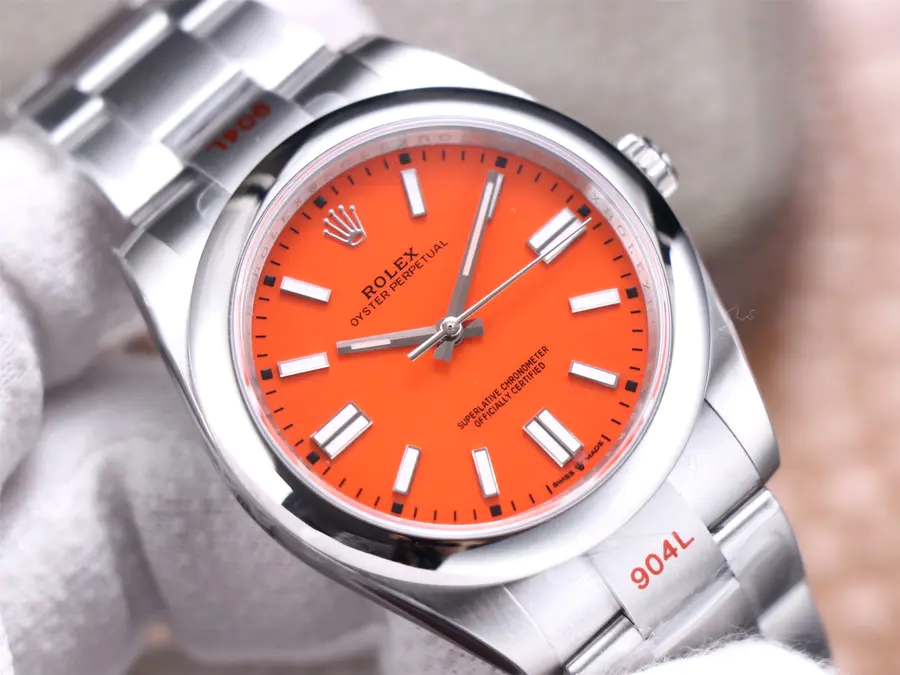
Rolex’s enduring appeal lies in its ability to merge technological innovation with timeless design and emotional significance. In a world where trends fade and technology evolves rapidly, the Rolex crown continues to shine as the ultimate emblem of success, precision, and prestige.

